Respiratory system diseases are of different types, the diseases may affect the upper respiratory system or lower respiratory part. Here we are going to discuss some of the common respiratory diseases and disorders. But before going this let me ask you a question.
Do you know what is the respiratory system?
A little bit.

Okay, let me explain to you respiratory system is a system where respiration takes place.
And I am sure you are confused about respiration now?
Yes.
Don’t worry, I will explain to you all these steps by step.
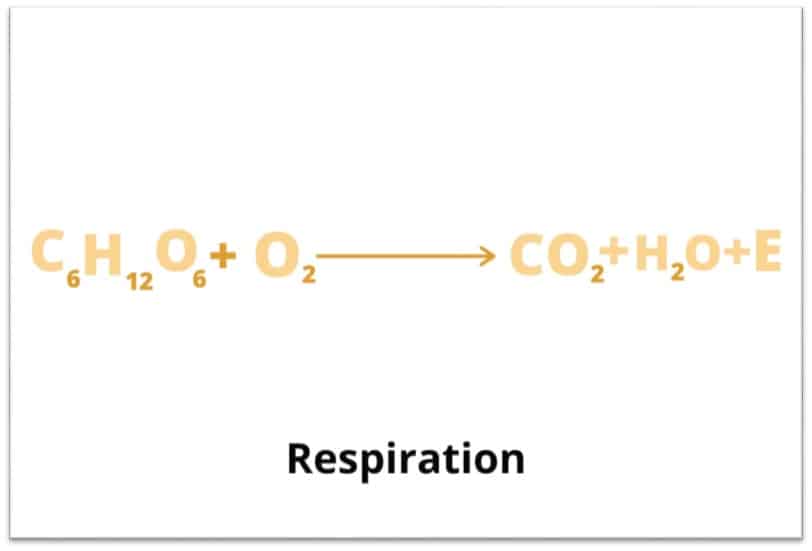
Respiration is a process through which glucose molecule is broken down through the inhalation of oxygen into CO2 and water with the release of energy (ATP).
Then what is the difference between digestion and respiration?
Good question.
Digestion is the process of breaking of large, complex, insoluble food material into smaller, simple, and soluble molecules so that cells can absorb it while respiration is the breakdown of digested food (glucose) in the presence of oxygen and with the release of energy for cell activities and CO2 and water as by-products to the environment.
That’s good.
Now, can we proceed to diseases of the respiratory system?
Yes, but before going to diseases let me explain to you the structure of the respiratory system so that it is easy for you to identify the disease of the area and its symptoms and prevention.
Human respiratory system is divided into two parts i.
(I) Upper respiratory tract or system
(II) Lower respiratory tract or system
(I) Upper respiratory tract
The upper respiratory tract has the following parts.
(a) Nostrils

Nostrils are the two openings of the nasal cavities on the nose that lead to nasal cavities.
(b) Nasal cavities

Nasal cavities start from the nostrils and contain hairs and mucus membranes.
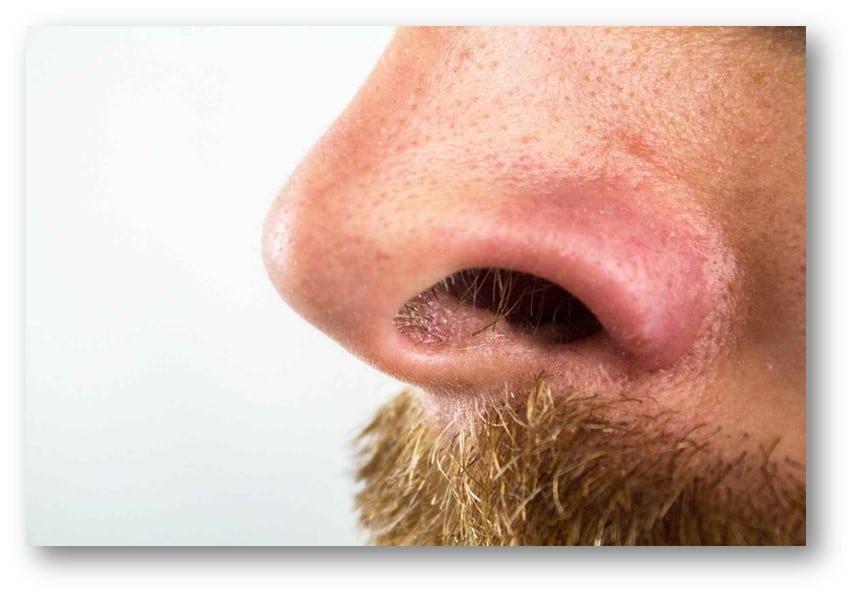
The hairs in the nostrils filter the incoming air and hence serve as a defense mechanism against harmful pathogens and solid dust particles present in the air.

The mucus membrane secretes a sticky fluid called mucus which traps the dust particles and microorganisms from the incoming air. Also, mucus moistens the air so that their entry and exchange are easy.
The mucus membrane also has cilia which move the trapped substances to the pharynx for removal.
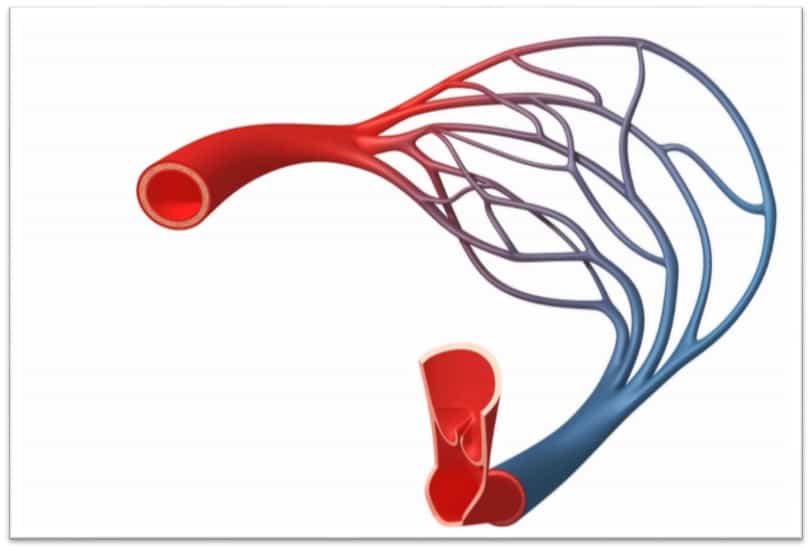
Beneath the mucus membrane, there is a supply of blood capillaries that help to warm up the air to about 30 Co depending upon the external environment temperature.
(c) Pharynx
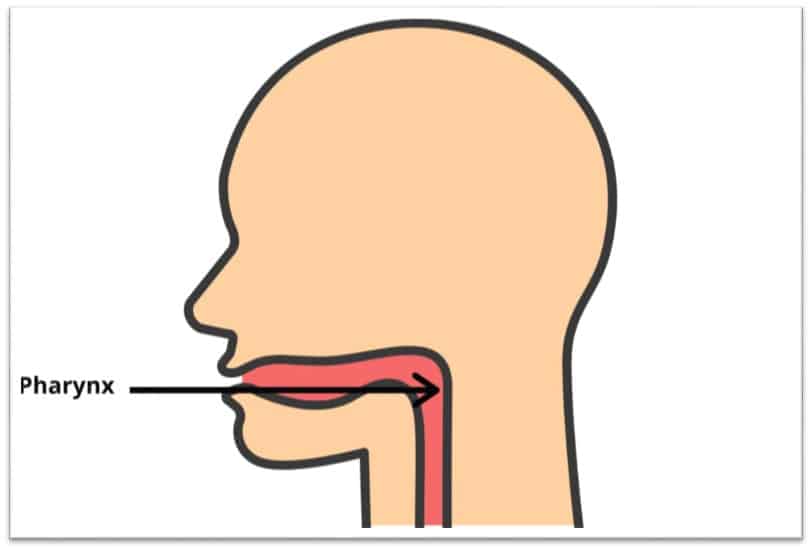
Pharynx is a cone-shaped pathway that leads from the nasal as well as oral cavities to the larynx (soundbox) and esophagus. Pharynx is part of both the respiratory and digestive systems.
Do you know the importance of oral and nasal regions?
The oral and nasal regions are interconnected with each other and this interconnection is extremely important because it allows us to breathe through either nose or mouth and when medically necessary it allows the food to be passed through nasal tubes to the esophagus.
But which part is best to breathe?
The nose should be used for breathing because the filtration system is not present in the oral cavity. The oral cavity can be used when there is no option.
(d) Larynx
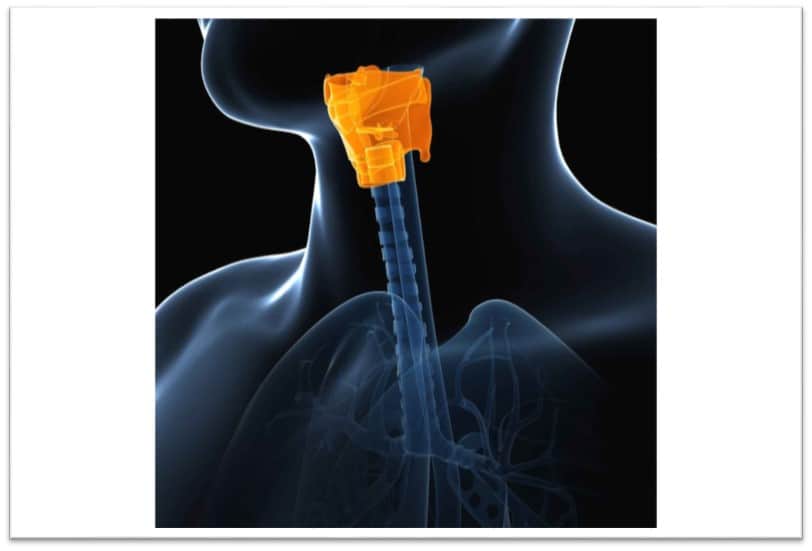
Larynx is made of cartilaginous plates which prevent it from collapsing and perform a dual function, as an air canal to the lungs and organ of voice. Larynx has two vocal cords that are composed of mucus membrane stretched horizontally across the larynx. The opening and closing of these vocal cords produce sound.
(II) Lower respiratory tract
The lower respiratory tract consists of the following structures.
(e) Trachea
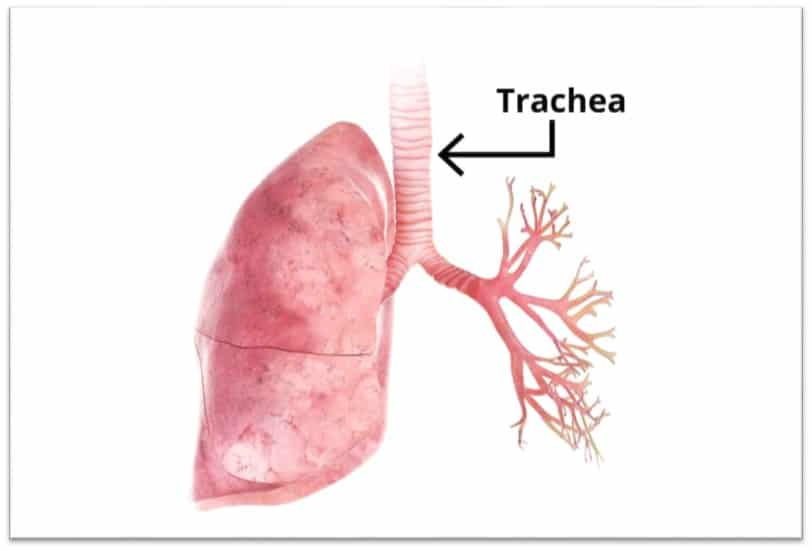
Trachea is a tube about 10-12 cm long and 2 cm wide which conveys the inhaled air from the larynx to the bronchi. The trachea’s wall is supported and stiffened by 16 to 20 horseshoe-shaped or C-shaped incomplete rings which are open from backward. It has also cilia which work to filter the air from foreign particles. It again moistens and warms the air before it goes to the lungs.
(f) Bronchi
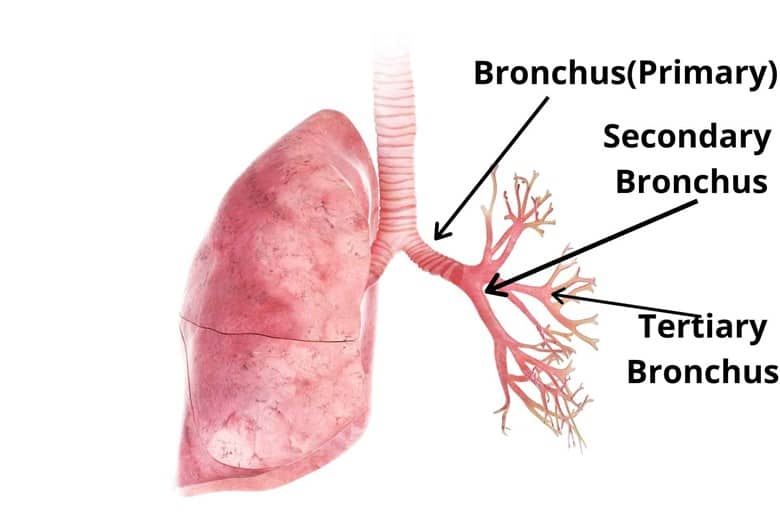
Trachea divides into two tubes called bronchi (singular bronchus) one each to the left and right lung. The right bronchus (plural bronchi) has a larger diameter than the left bronchus and is also shorter than the left bronchus.
The structure of bronchi is similar to the trachea but the only difference is that the bronchi have smaller cartilaginous plates to support their walls and structure.
(g) Bronchioles
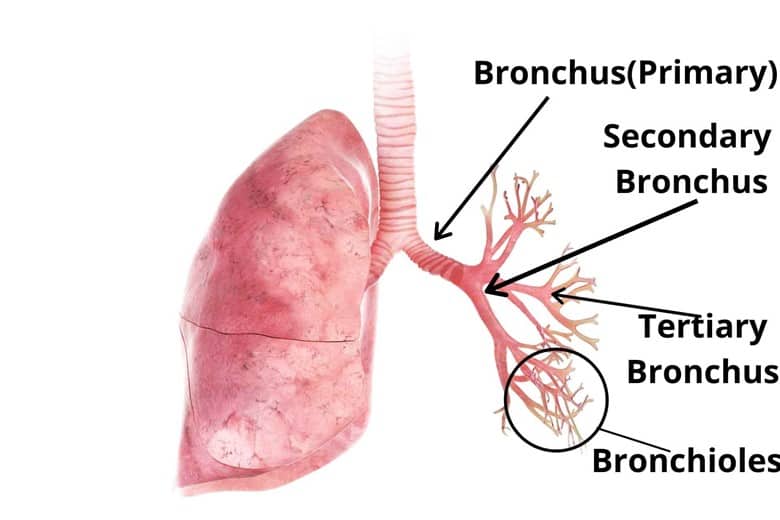
The bronchioles start at the end of the bronchi and terminate in the alveoli. The diameter of the bronchioles is approximately 1mm or less and their walls consist of ciliated cuboidal epithelium and smooth muscle.
Bronchioles are the first air passageway structure that doesn’t contain any cartilage.
It is responsible for controlling the air distribution in the lungs because bronchioles have the ability to either increase or decrease the diameter by changing their diameter.
(h) Alveoli
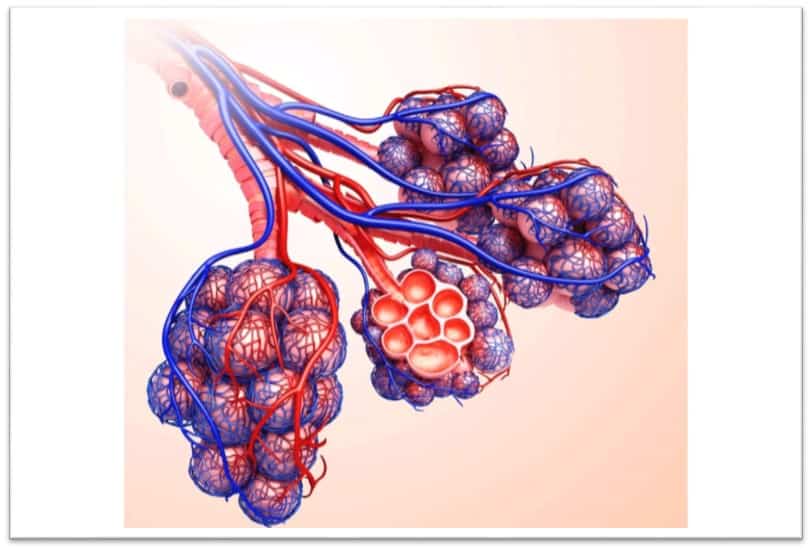
The bronchioles divide and redivide deeply in the lungs and open into a small sac-like structure called alveoli where the actual exchange of the gases takes place. The wall of each alveolus is only 0.1 micrometer. Collagen and elastic fibers are also present in the alveoli which allow them to expand and recoil easily during breathing.
Also outside of alveoli, there is a dense supply of capillaries which is necessary for good gaseous exchange.
The thin walls of the alveolus made it possible and easier to diffuse oxygen to the blood capillaries and carbon dioxide to the alveoli for expulsion.
(I) Lungs
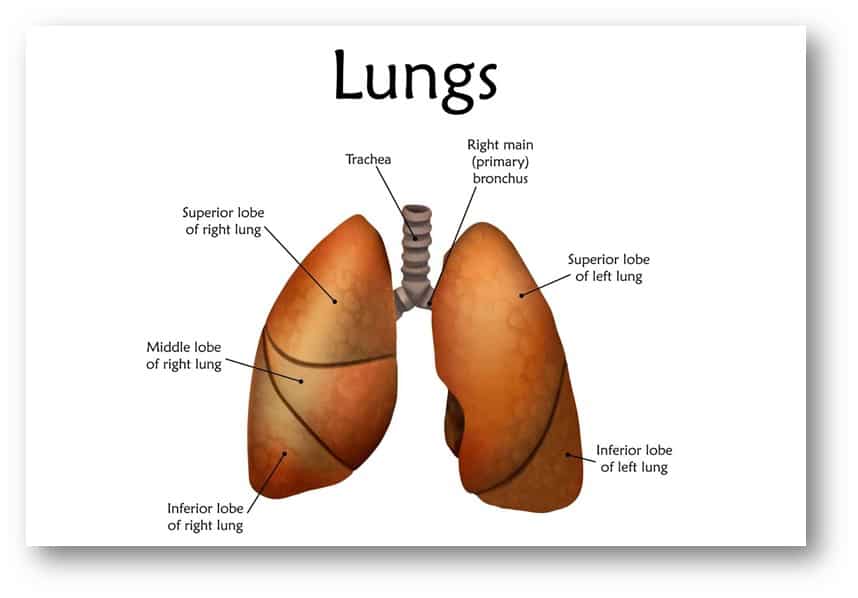
Human has the right and left lungs located in the thoracic cavity.
The right lung is slightly larger and represents 56% of total lung volume and has three lobes i.e. superior, middle, and inferior. The left lung is slightly smaller than the right lung because of the asymmetrical position of the heart and has two lobes.
Lungs are protected and enclosed by two tough, flexible, and transparent membranes called pleural membranes. The pleural membranes prevent the leaking of air into the thoracic cavity and reduce friction between the lungs and the walls of the thoracic.
Now we are discussing the real part of this article i.e. respiratory system diseases and prevention.
Did you learn the structure of the respiratory system?
Yes.
We will first discuss upper respiratory tract infections/diseases.
Upper respiratory tract infections/diseases:
1. Sinusitis
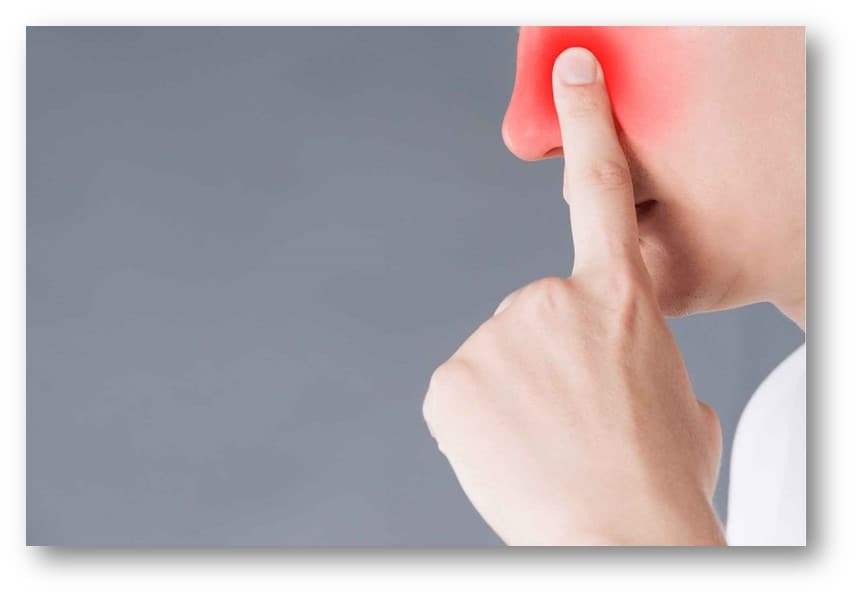
Sinusitis is the inflammation of the mucus membranes lining the sinuses of the nose.
What is meant by the sinuses?
Sinus is a cavity that connects the bones of the skull or face to the nasal cavities.
Sinus is just not the nasal cavities it is covering the whole facial bones.
And what is meant by inflammation?
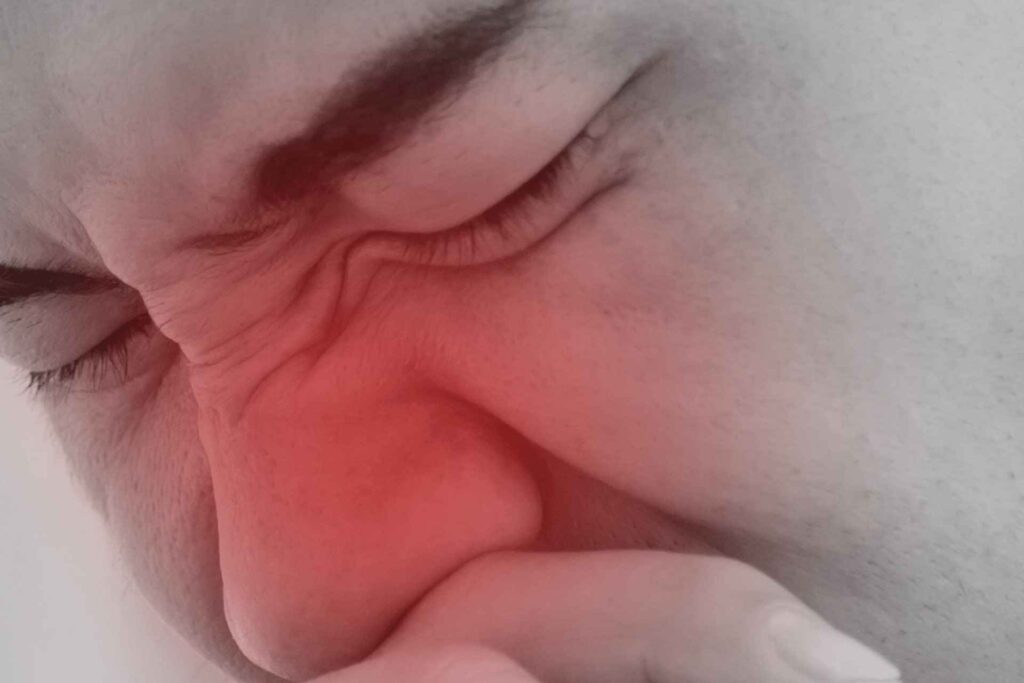
Usually, inflammation is a localized physical condition where the body part becomes reddened, swollen, hot, and often painful.
You know that the sinuses of the nose are lined by the mucus membrane where inflammation occurs and causes sinusitis.
It may be acute or chronic.
Acute:
In acute sinusitis, the symptoms last for 2-8 weeks.
Chronic:
While in chronic the symptoms last for a much longer period.
Symptoms:
The classic symptoms are:
- Fever
- Nasal obstruction
- Purulent (Pus-like) discharge
- Facial pain
- Loss of sense of smell
- Entry of nasal fluid into the pharynx
Causes:
Usually, the cause of sinusitis is bacterial or viral but may be caused by other factors.
What are the bacteria that cause sinusitis?
They are:
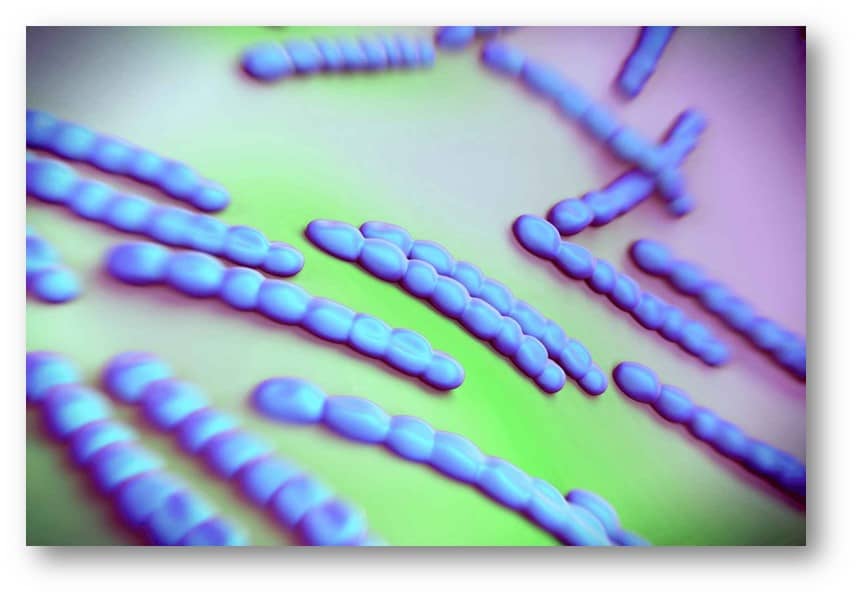
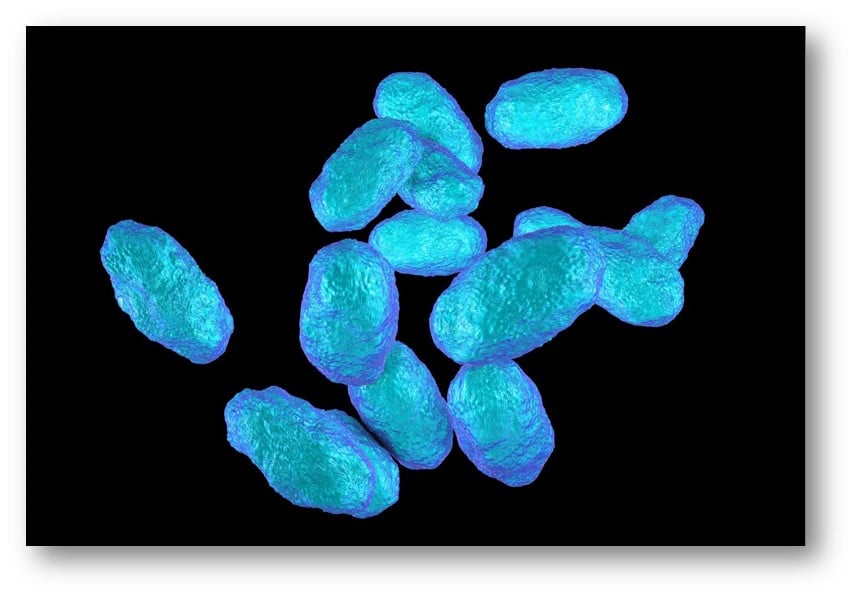
- Haemophilus influenzae (36% of cases) and
- Moraxella catarrhalis (16% of cases)
And viruses?
They are:
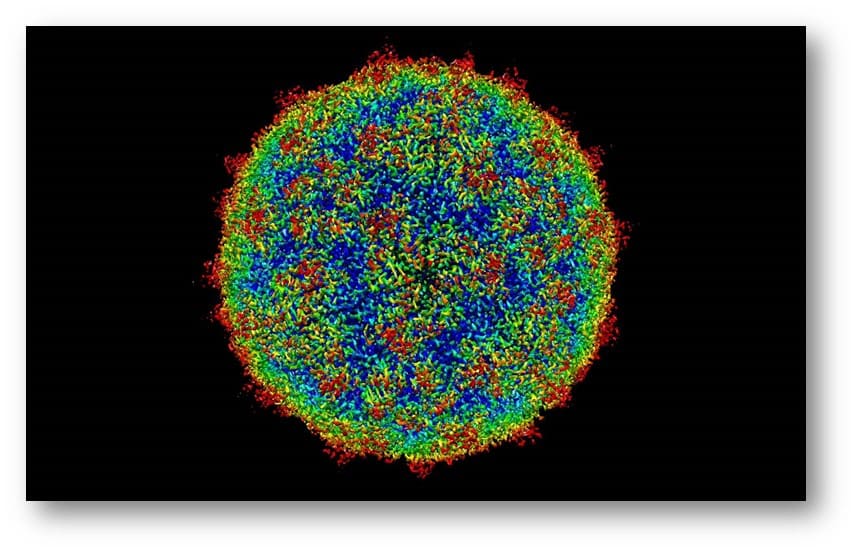
- Rhinovirus (The most common causing virus)
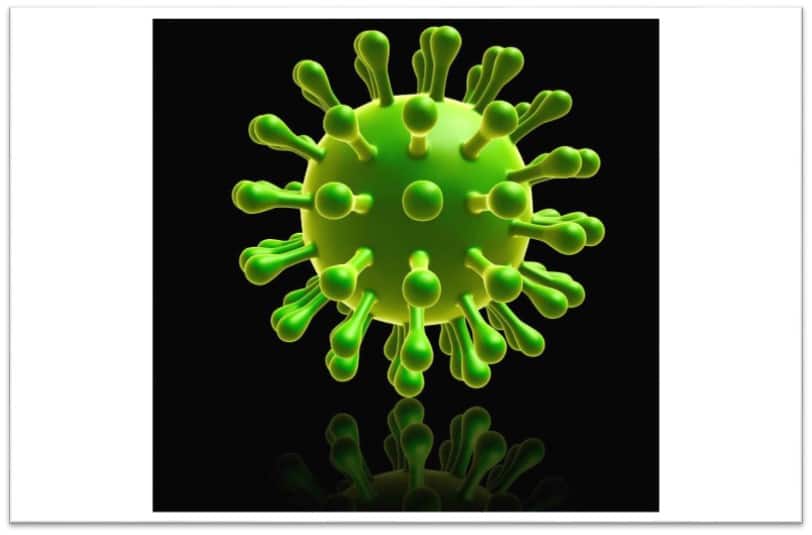
- Influenza virus
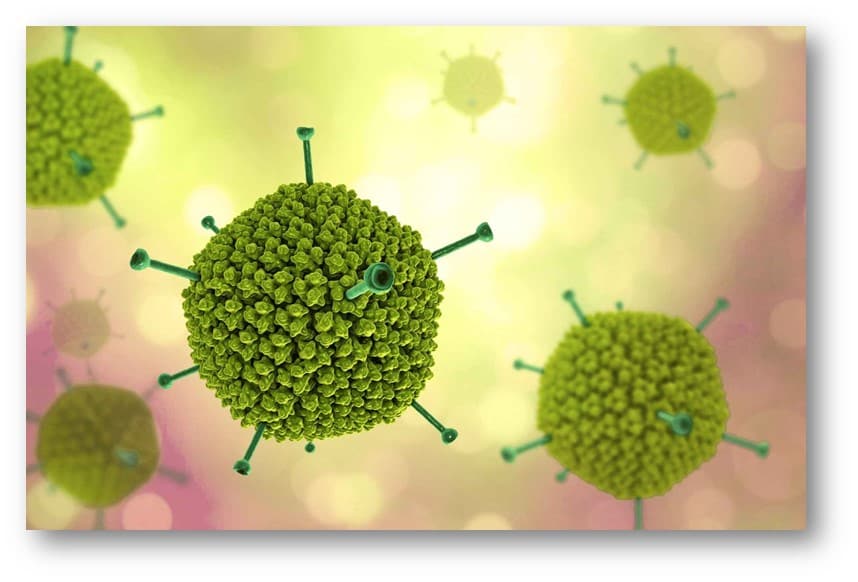
- Adenovirus
- Enterovirus
Other factors:
Sinusitis may be caused by other factors like;
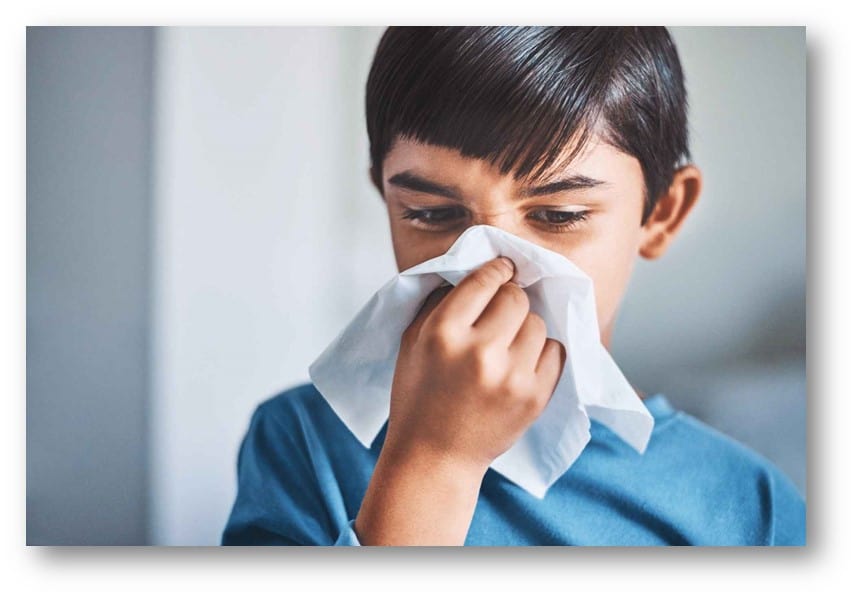
- Allergic reactions

- Dust
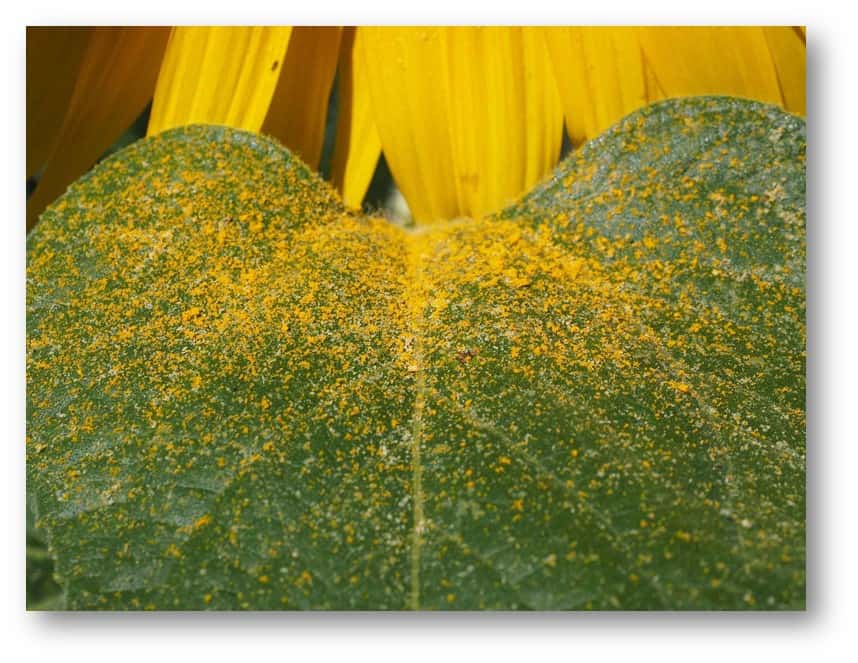
- Pollen
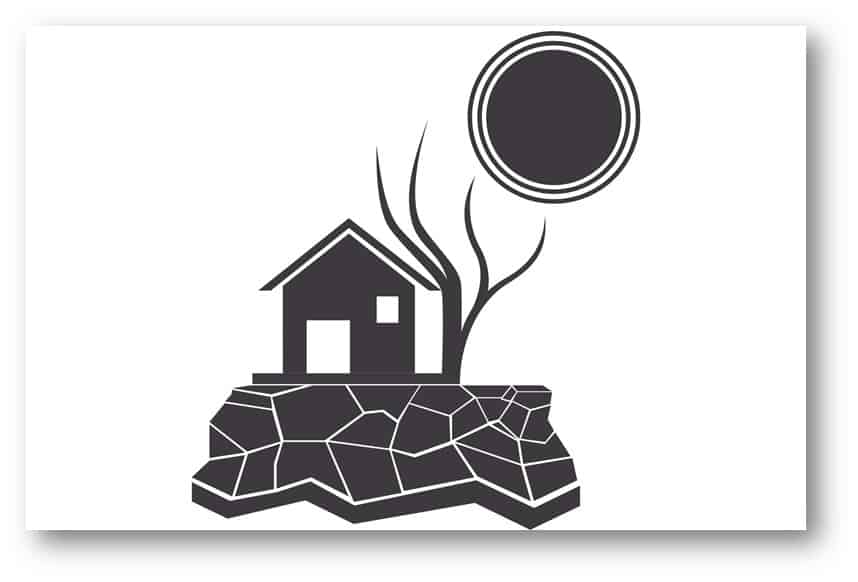
- Excessive dryness in homes and offices

- Dry air
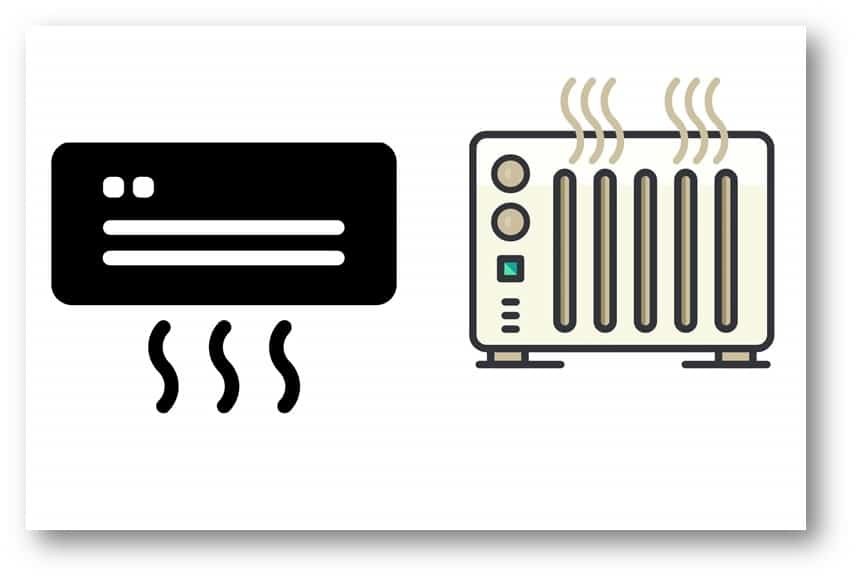
- Heating and air conditioning systems may inflame the sinuses.
Treatment:
- Antibiotics or sulfa drugs

Antibiotics or sulfa drugs are prescribed for bacterial infections.
- Antiallergic

Antiallergic drugs are given to reduce allergic reactions if the sinusitis is due to allergic reactions.
- Decongestants

Decongestants are available in tablets, liquids, or spray forms which are used to treat sinusitis but they should be used for a few days otherwise it may cause a more severe return of congestion.
Prevention:
- Avoid dry environment

When your sinuses become dry so it means your mucus membrane also becomes dry and excessive dryness inflames the tissues in the sinuses so try to avoid a dry environment.
- Bath nasal cavities daily
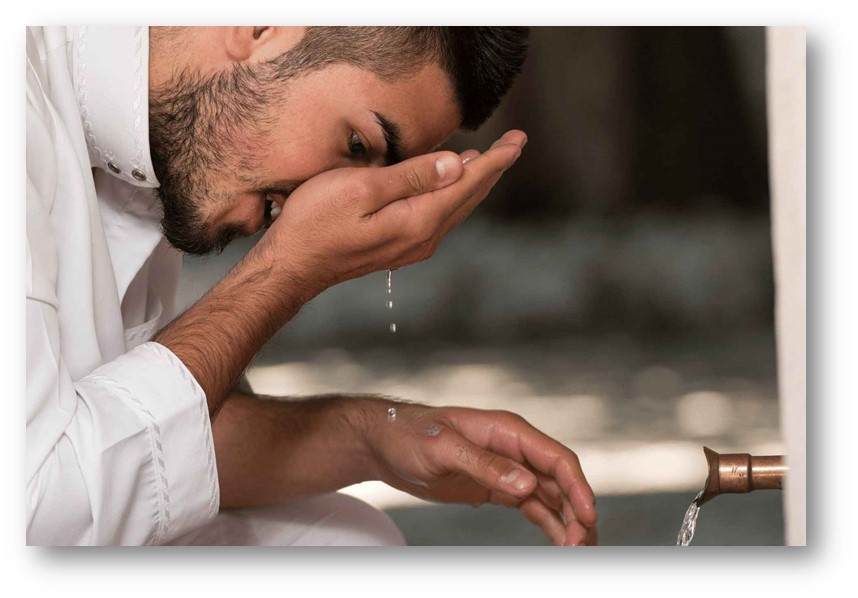
Bathing nasal cavities help to clear extra mucus and also moisten the mucus membranes. It also removes the dust particles from nasal cavities and from hairs to make them ready for further filtration.
- Inhale steam
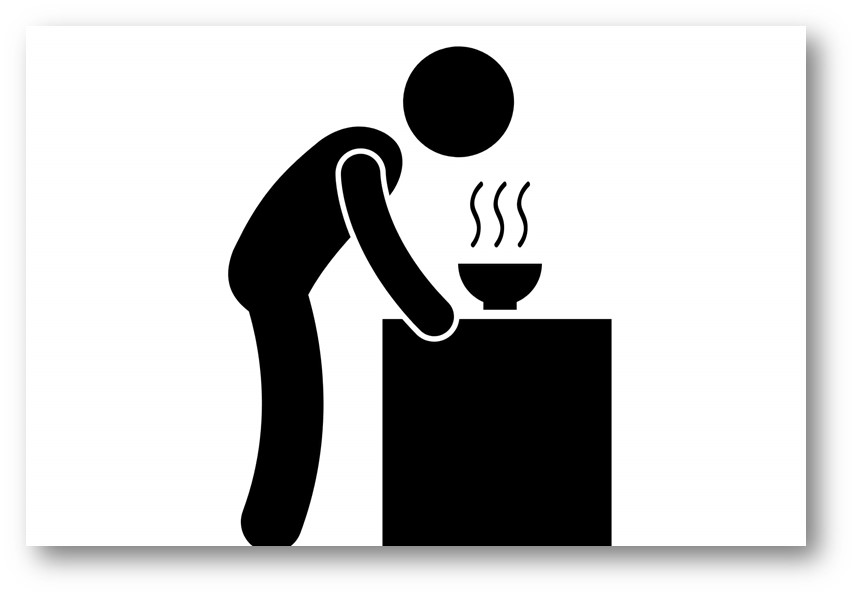
Inhaling steam is a home remedy that can relieve the symptoms of sinusitis.
- Avoid dust, smoke, and pollen
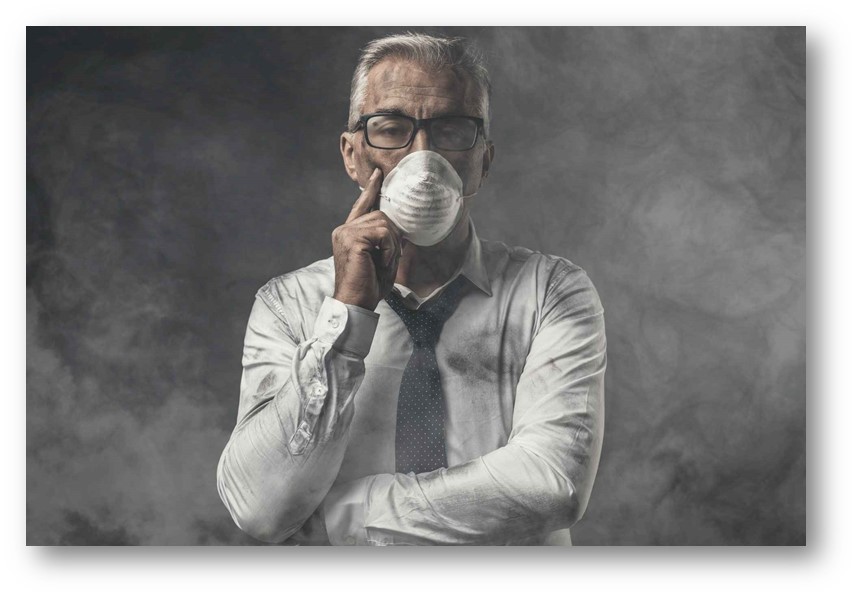
Try to avoid dust and smoke by wearing masks on roads and buses. If you get sinusitis from plants and flower then avoid them because their pollen also inflames and irritate the sinuses.
- Avoid smoking
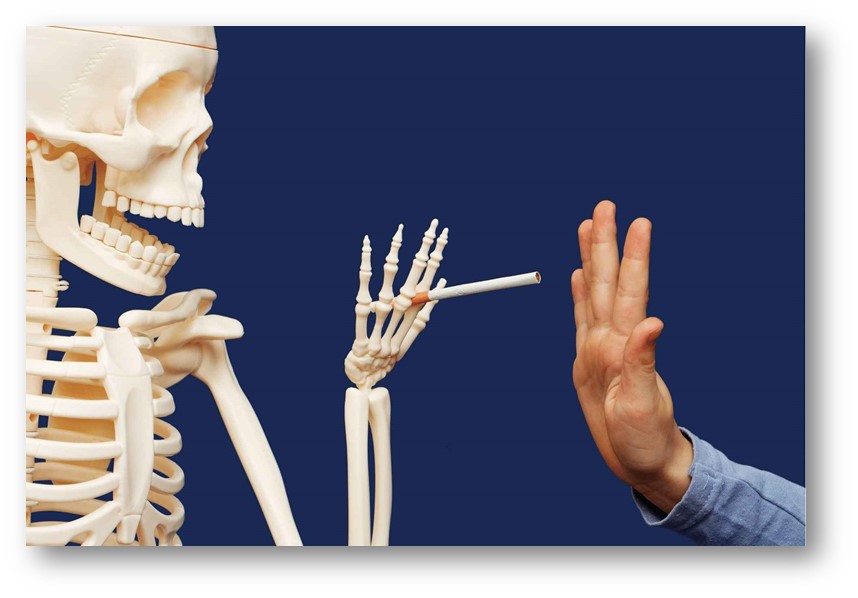
Avoiding smoking relieves you from many respiratory infections including sinusitis.
- Drinks a lot of water

Drinking a lot of water keeps you hydrated and keeps the mucus thin and loose.
- Be gentle with the nose
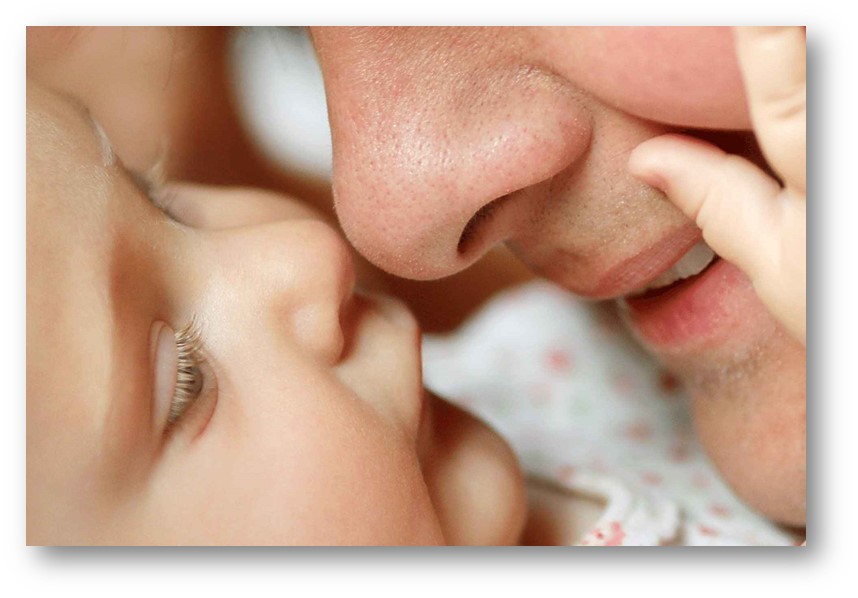
Forcefully blowing the nose can irritate the nasal passages which can lead to injury and then the attack of the bacteria and viruses. The human body contains millions of bacteria which upon getting a chance infect the body, especially mucus membranes.
2. Pharyngitis
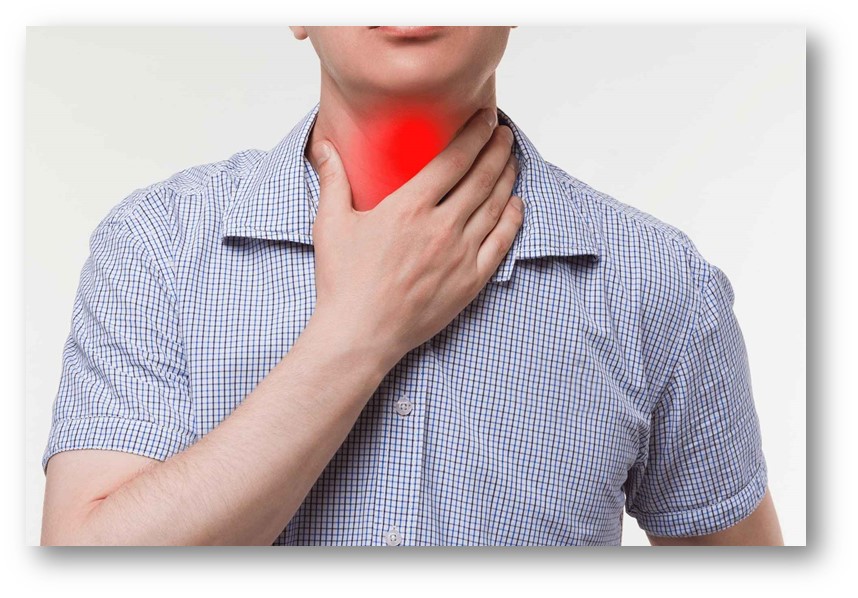
Pharyngitis is the painful inflammation of the pharynx (back of the throat). It is also known as a sore throat.
Pharyngitis may also involve some or all of the following parts i.e
- Back of the tongue
- The roof of the mouth (soft palate)
- Tonsils
Causes:
Pharyngitis is caused by both bacteria and viruses but the most common cause in these two is viral.
Viral causes:
The viral cause is about 40-80% of all cases. Following are some of the viruses that cause pharyngitis.
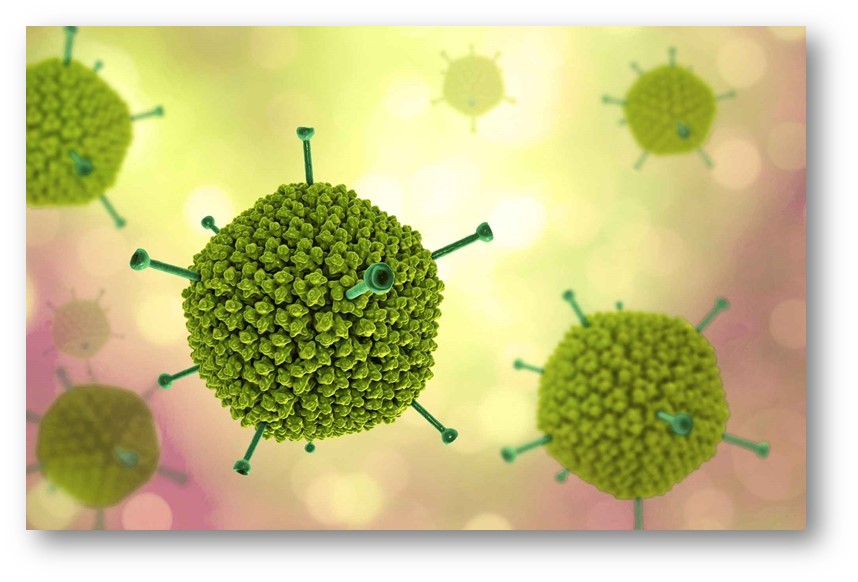
- Adenovirus (the most common causing agent of all viruses)
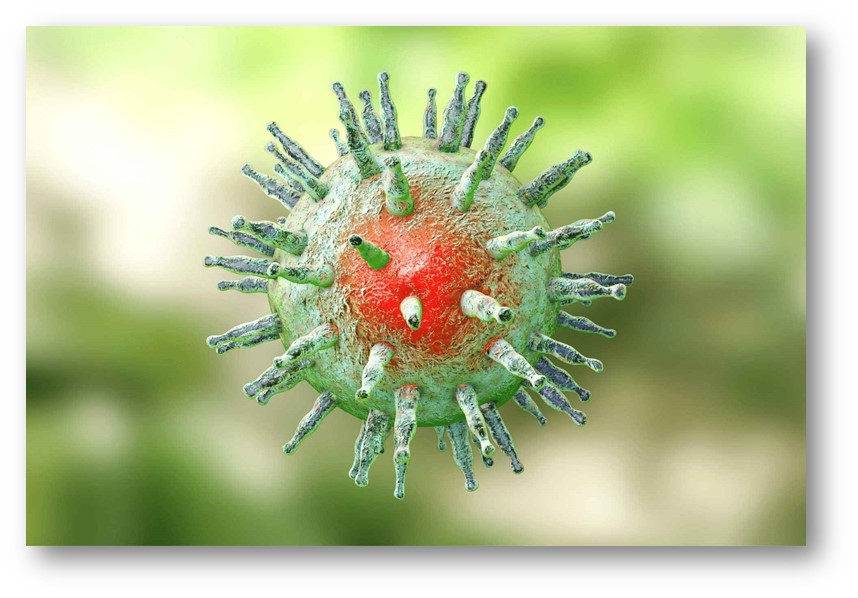
- Epstein–Barr virus (causes glandular fever)
- Herpes simplex virus (can cause mouth ulcers)
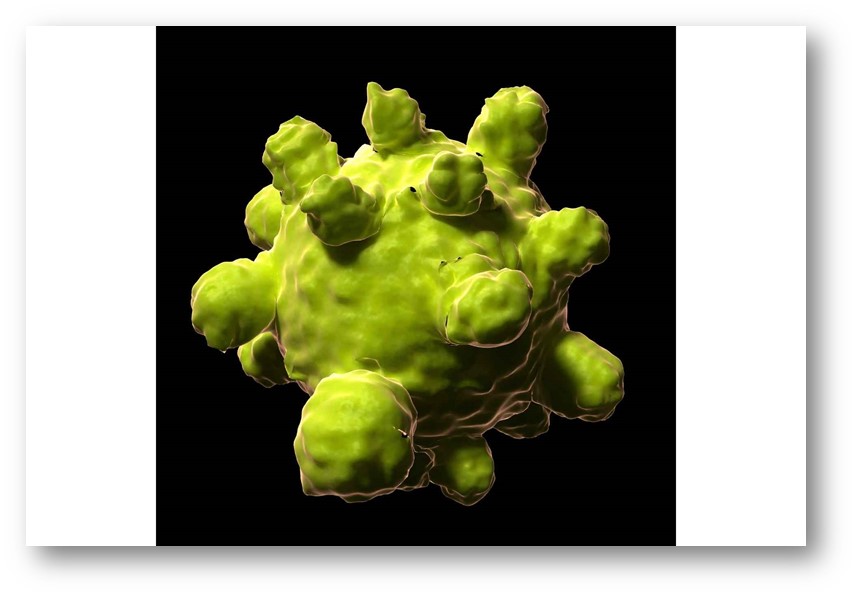
- Measles virus
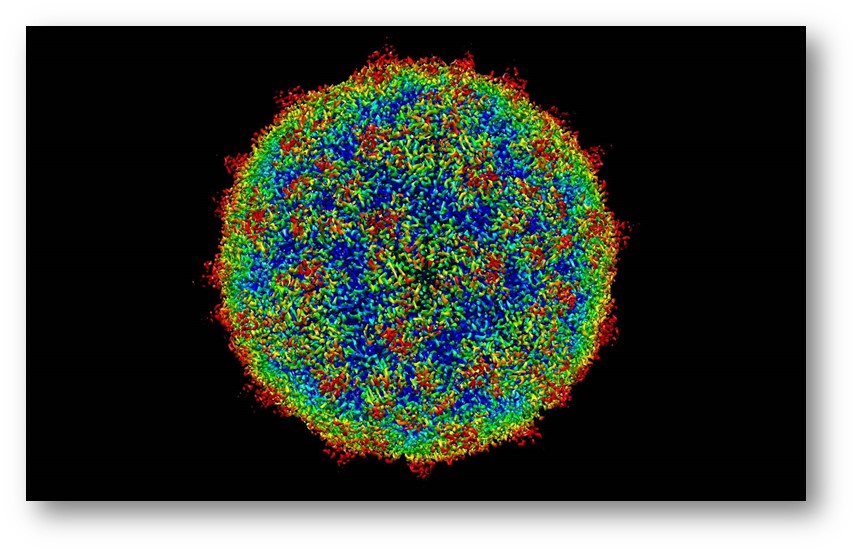
- Rhinovirus
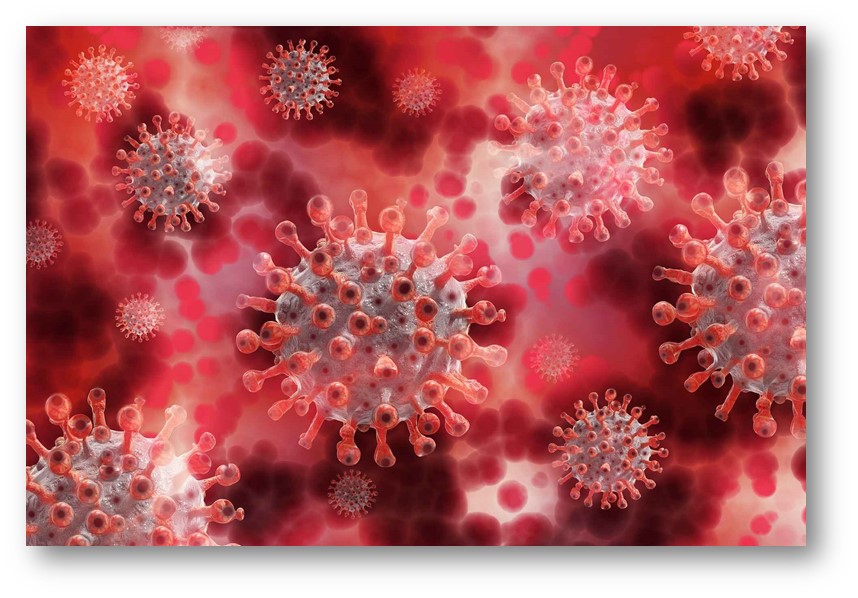
- Coronavirus
Bacterial causes:
Several bacteria also affect the throat and can cause pharyngitis. They are:
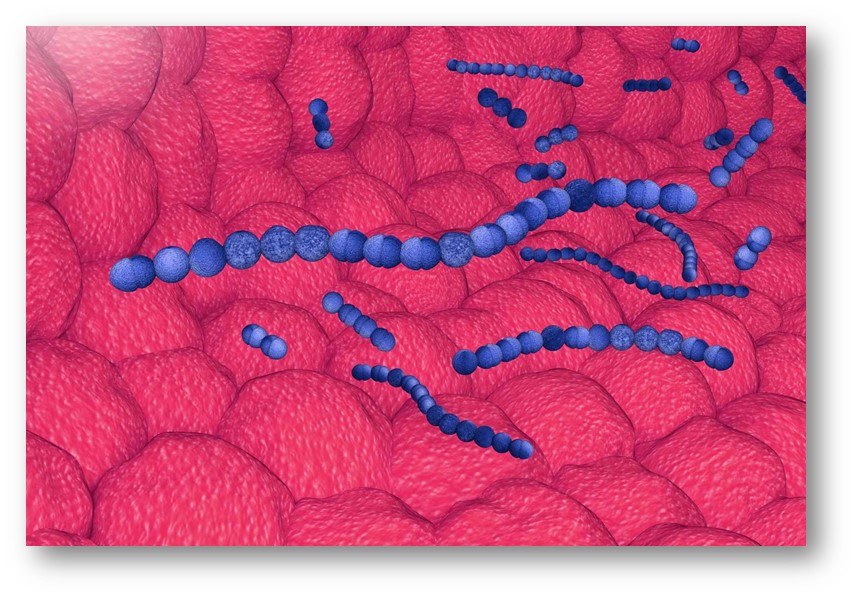
- Group A streptococcus i.e Streptococcus pyogenes (most common in bacterial infection)
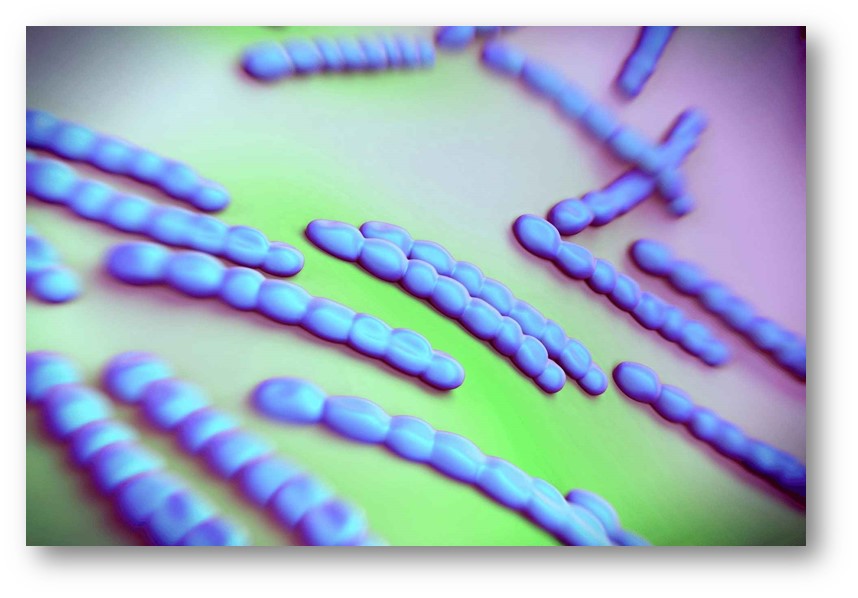
- Streptococcus pneumonia
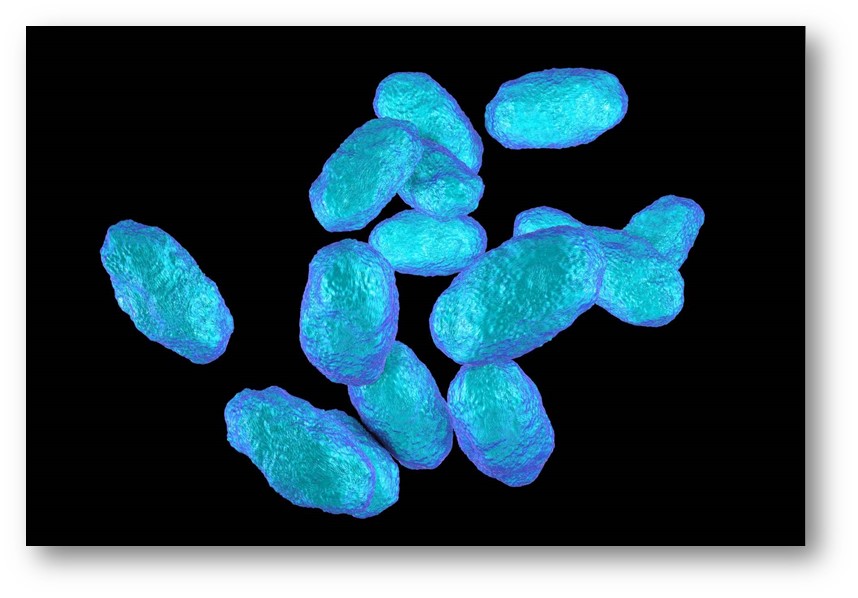
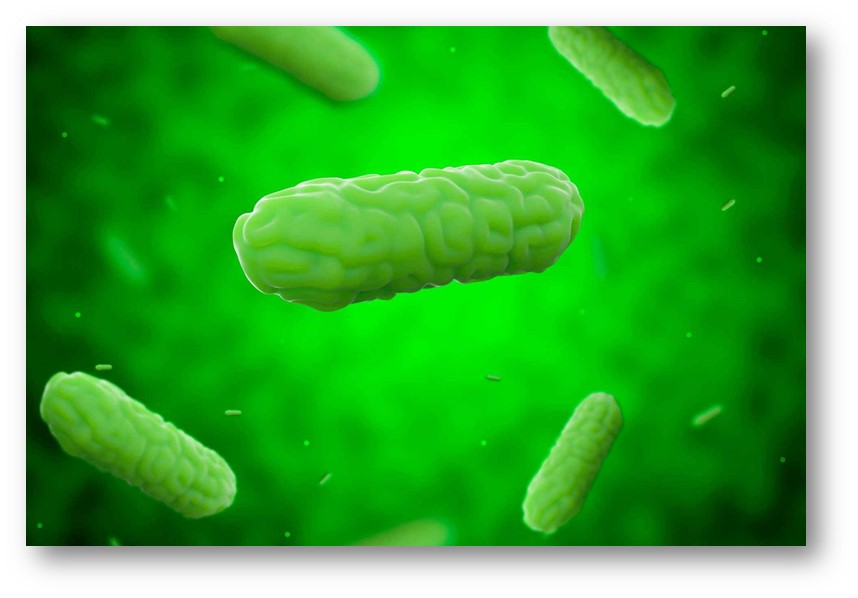

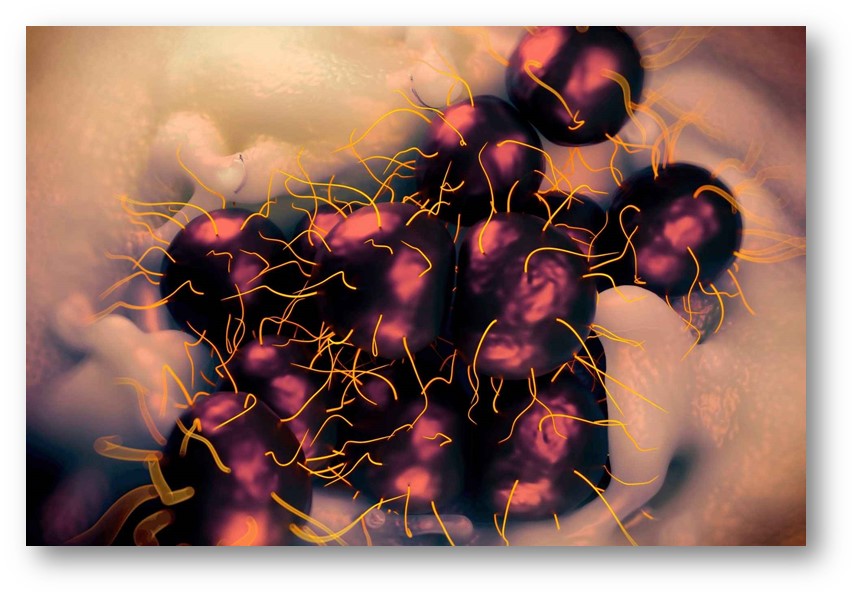

Symptoms:
The main symptoms of both viral and bacterial are:
- sore, dry, and itchy throat (main symptom)
- swollen and red throat
- Runny nose
- Redness of the eyes
- Fever
- Headache
- Swollen lymph nodes
- Mouth ulcers (may be caused)
- Nausea
- Vomiting
- Fatigue
- Abdominal pain
- Diarrhea (in children)
- Visible patches of pus in the back of the throat (feels like something is stuck in the throat)
- Poor appetite
Treatment:
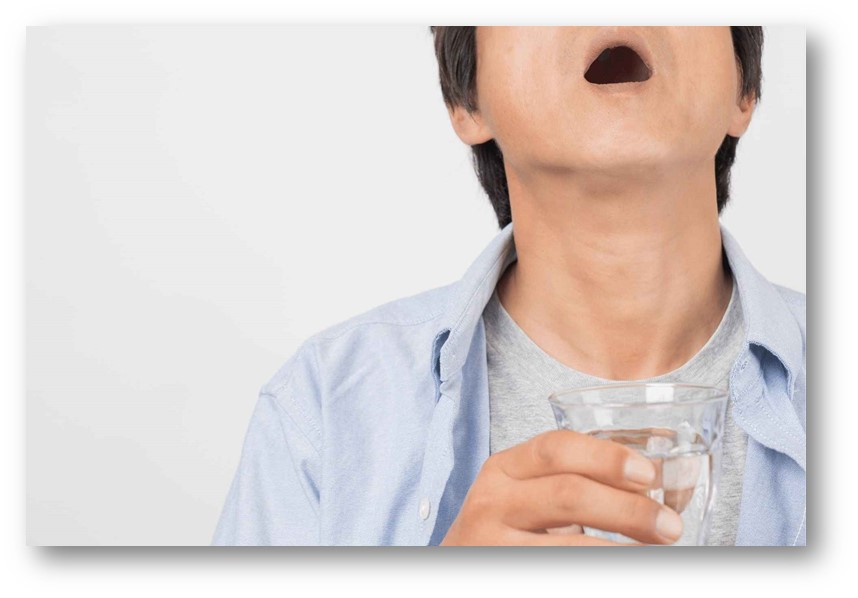
- Gargling with lukewarm saltwater
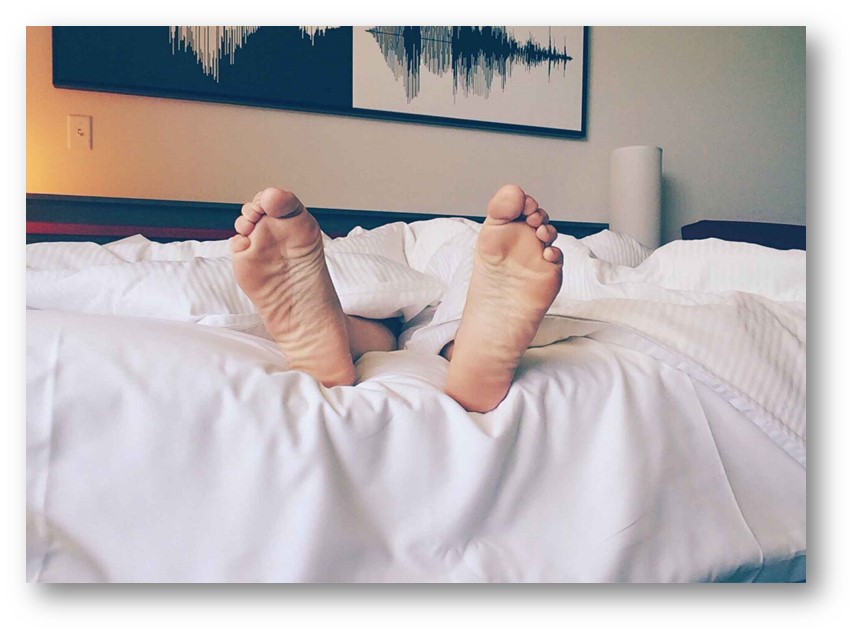
- Taking plenty of Rest
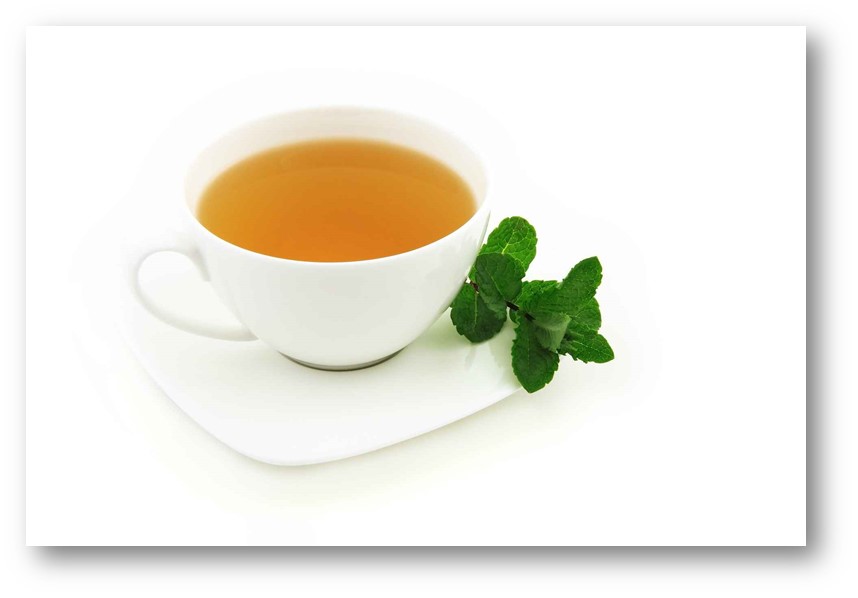
- Drinking warm fluids
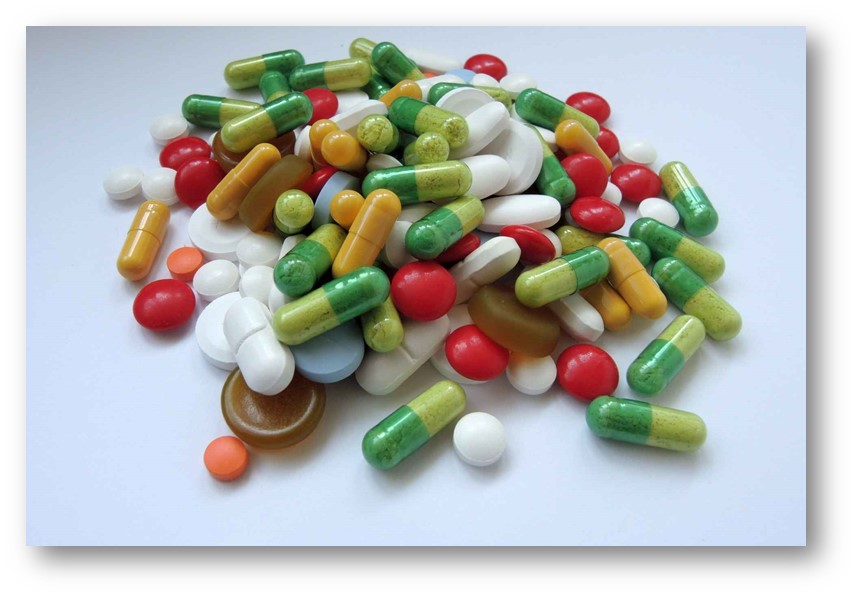
- Medications
Preventions:
Following are some of the precautions which can prevent you from this condition.
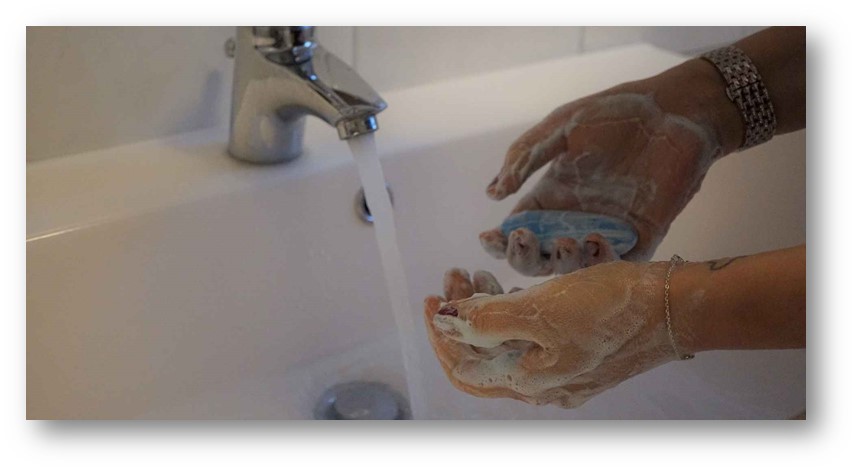
- Washing hands regularly
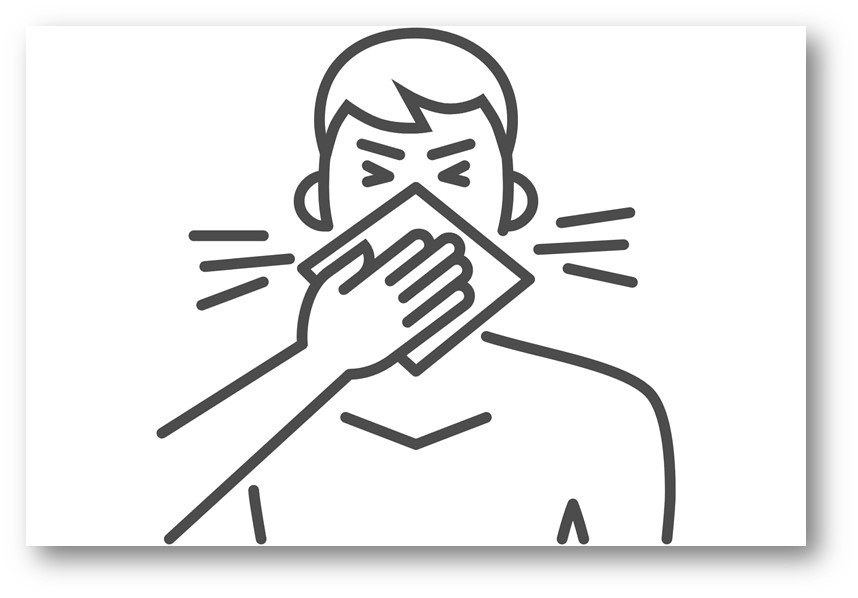
- Covering mouth and nose while sneezing and coughing
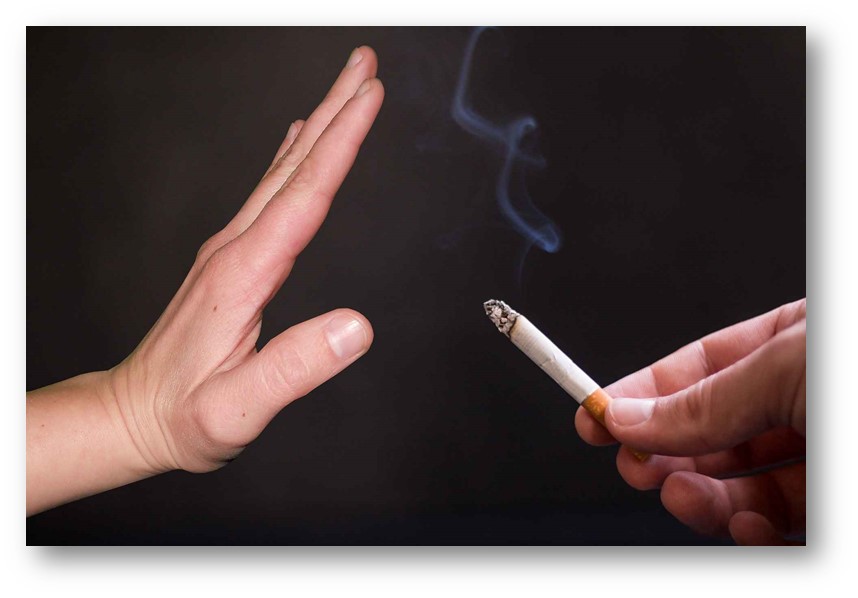
- Avoid smoking and exposure to smoke of smokers or burning smoking substances
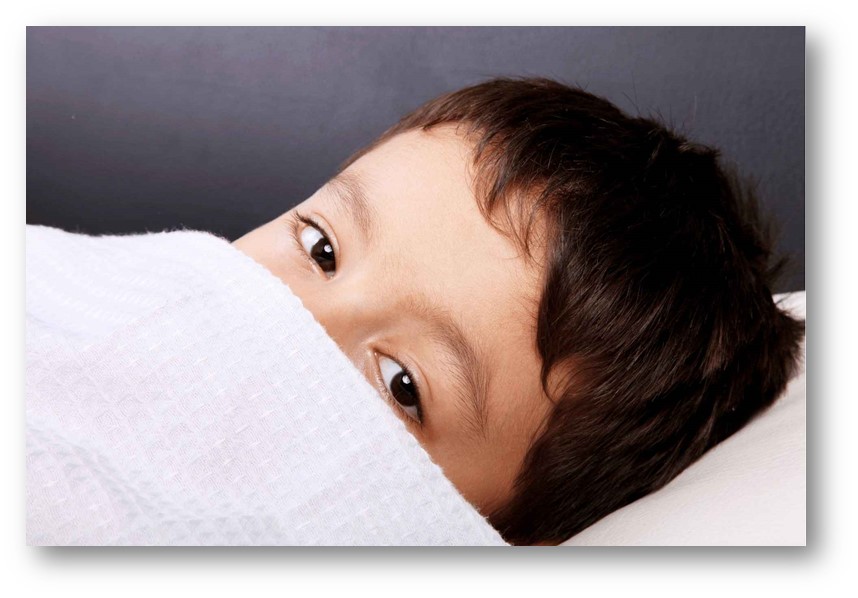
- Keep the pharyngitis child on rest at home and do not send them to school until he/she fully recovered.

- Wash the toddler’s toys with water and then rinse well
3. Otitis media

Otitis media is an infection of the middle ear.
The middle ear is the part of the ear that is between the eardrum and oval window, oval window is the layer of connective tissue that is located at the end of the middle ear and the start of the inner ear.
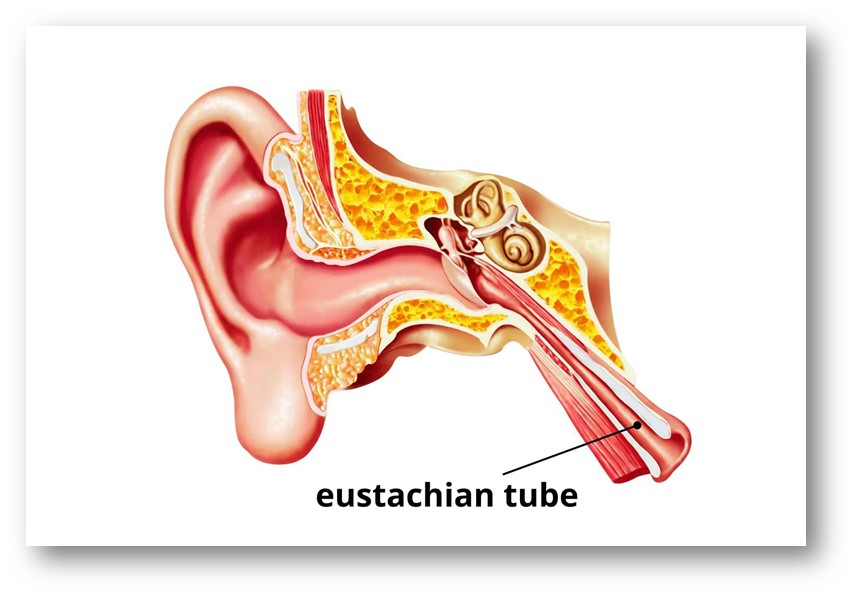
There is a tube called the eustachian tube which connects the middle ear to the nasopharynx. The eustachian tube equalizes the pressure between the middle ear cavity and the outside environment by draining out the mucus. When the middle ear is inflamed the fluid is trapped in the middle ear allowing bacteria to multiply in the middle ear trapped fluid.
symptoms:
- Sudden and severe earache
- Sense of fullness in the ear
- Hearing loss and ringing and buzzing (tinnitus) in the ear during the illness period
- Purulent discharge from the ear
- Irritability
- Diarrhea (in infants)
- Change in appetite and sleeping patterns
- Headache
- Fever (maybe)
- Nausea
- Difficulty in speaking
Causes:
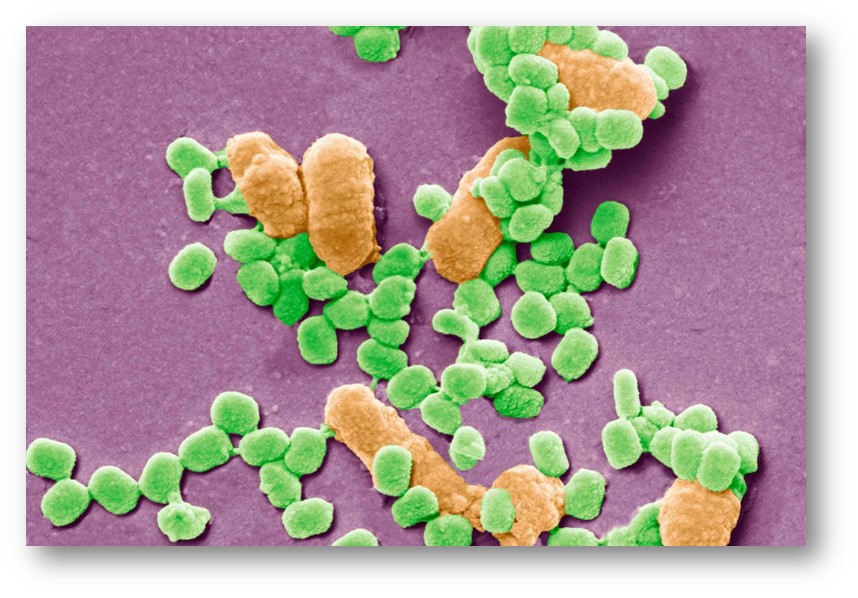
- Bacteria or virus due to inflammation of the middle ear which is due to blockage of the Eustachian tube (most common cause)

- Allergy
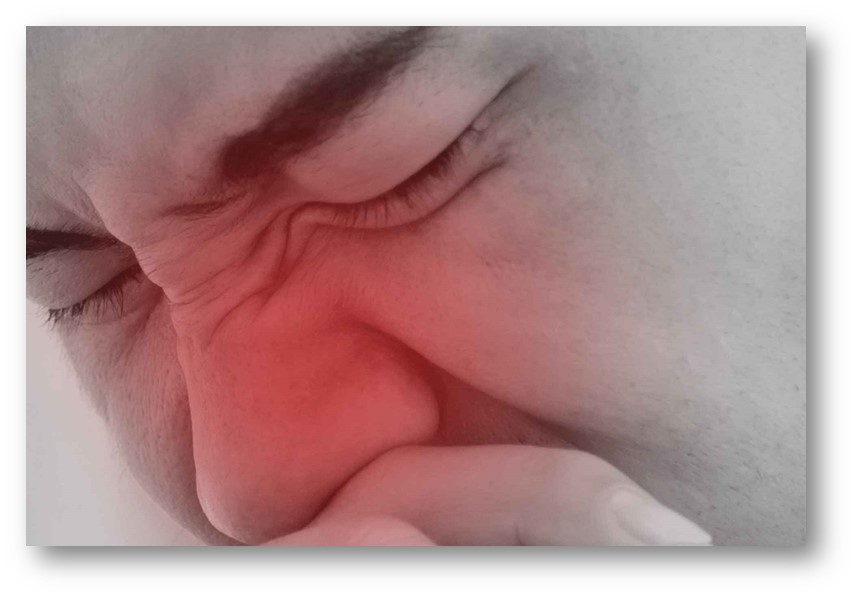
- Swelling and inflammation of nasal passages

- Nutritional deficiency
Treatment:
(I) Acute otitis media
Generally, 80% of cases of acute otitis media clear up within three or four days. The eardrum perforates and the fluid drains through it to clear the middle ear. The perforated eardrum heals by itself without treatment.
(II) Chronic otitis media
However chronic otitis media needs treatment as it becomes complicated.
- Antibiotics are prescribed for complicated cases when it gets worst after two or three days.
- Painkillers may be used to control otitis media.
- In children with recurrent otitis media, a tiny tube called a grommet or tympanostomy is inserted through the child’s eardrum to drain the fluid.

Sometimes a small hole is made in the eardrum surgically (myringotomy) to drain the fluid.
Prevention:
- Otitis media is common in infants but it is less common in breastfed infants than in formula-one infants because mother milk is rich in antibodies that strengthen the infant’s immune system. So a long period of breastfeeding protects more for a longer time.
- Avoid cigarette smoke
- Washing the hands
- Washing the toys of your children
- Avoid second-hand smoking
- Controlling allergies
- Preventing the child from cold
- Vaccination
4. Common cold
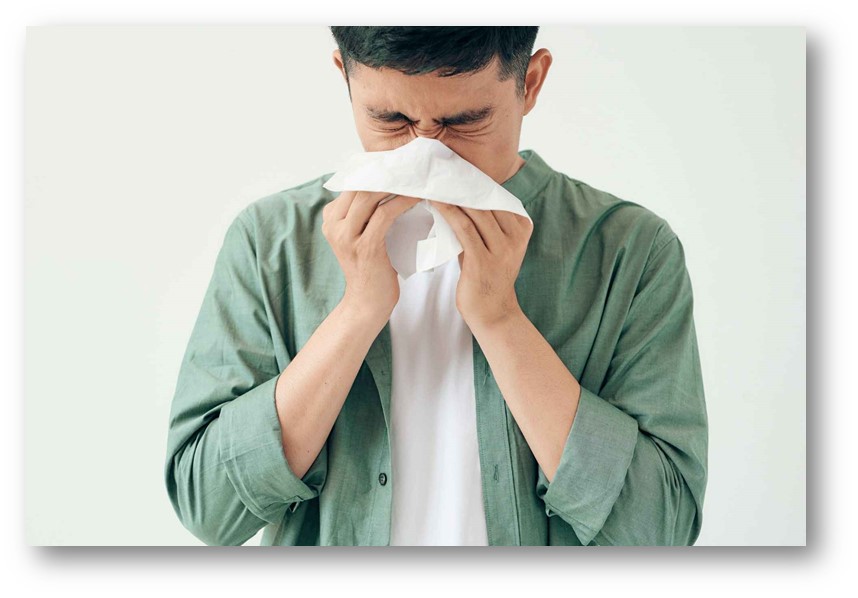
Common cold or simply cold is a viral infectious disease that primarily affects the nose. The other related parts (pharynx, larynx, throat) may also be affected.
Symptoms:
- Runny nose
- Congestion of nasal cavities
- Sneezing
- Low-grade fever
- General fatigue
- Cough (about 50% of cases)
- Headache
- Loss of appetite
- Sore throat (about 40% of cases)
Causes:
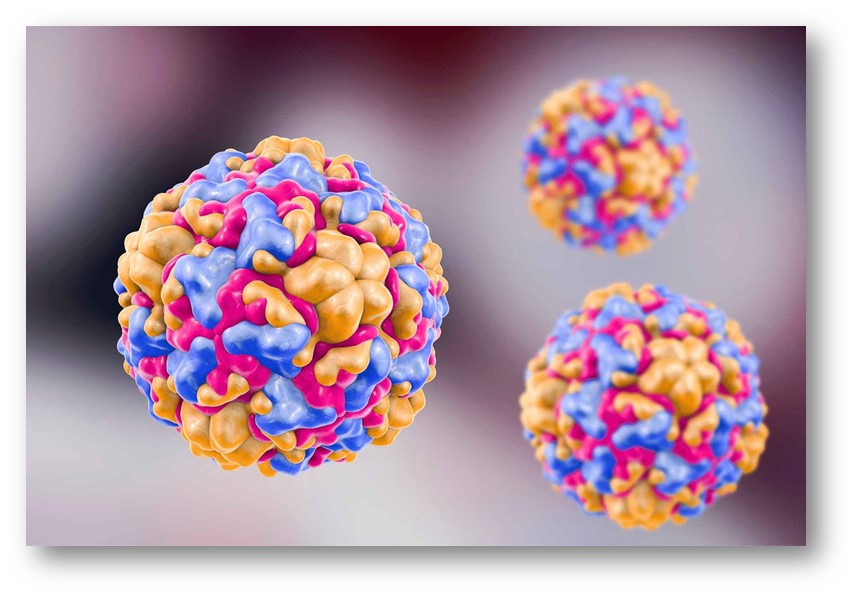
- It is caused by many viruses (more than 200 viruses) but the most common cause is the rhinovirus.
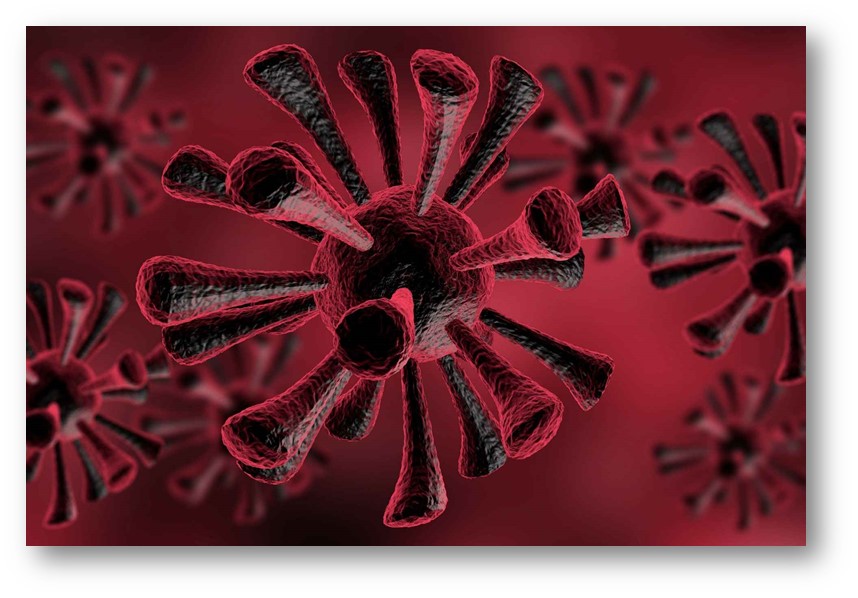
- Coronavirus
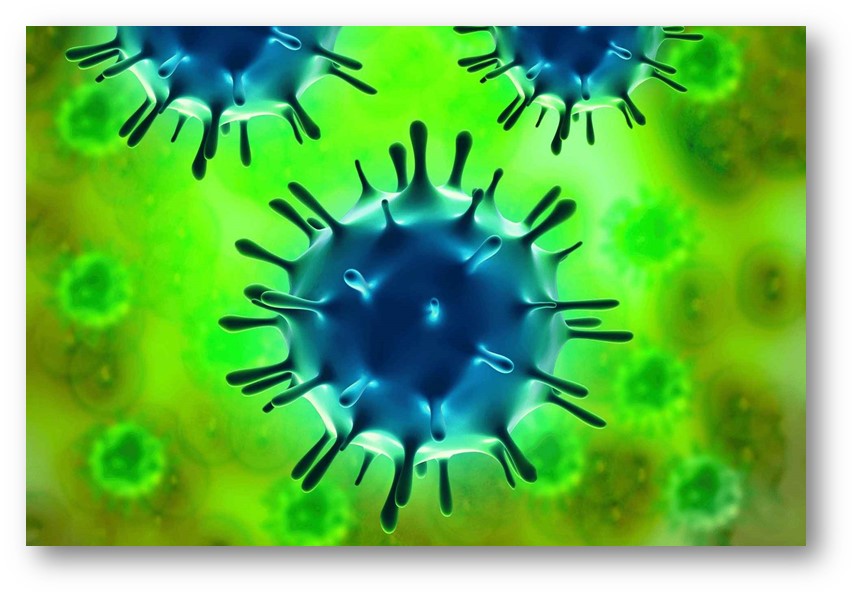
- Influenza viruses
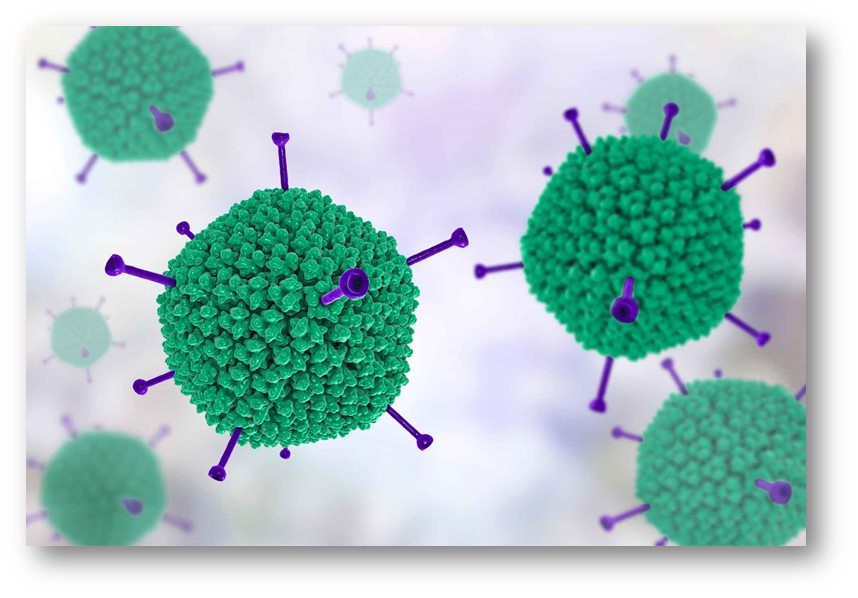
- Adenovirus
Treatment:

- Rest
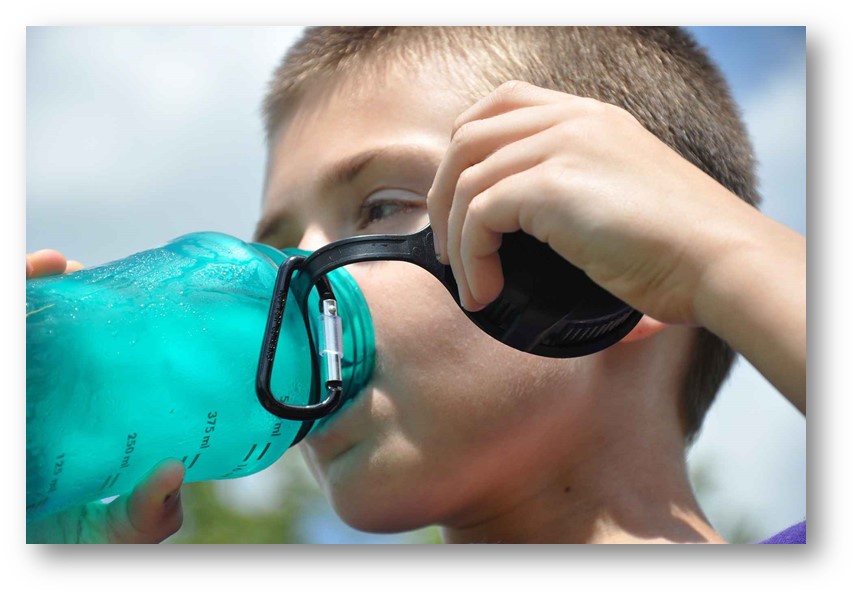
- Stay hydrated by taking water, juices, and broth to loosen the congestion.
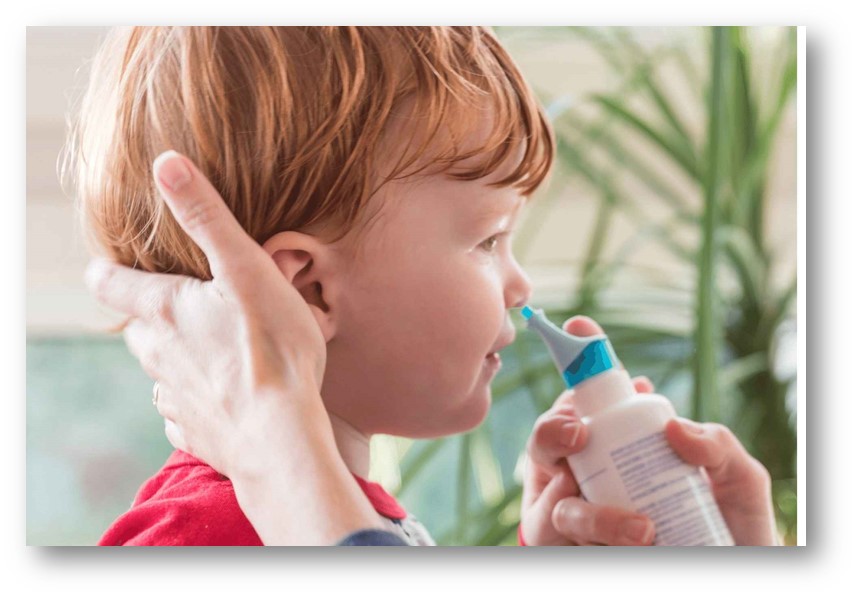
- Over-counter saline spray and drops can relieve stiffness and congestion.
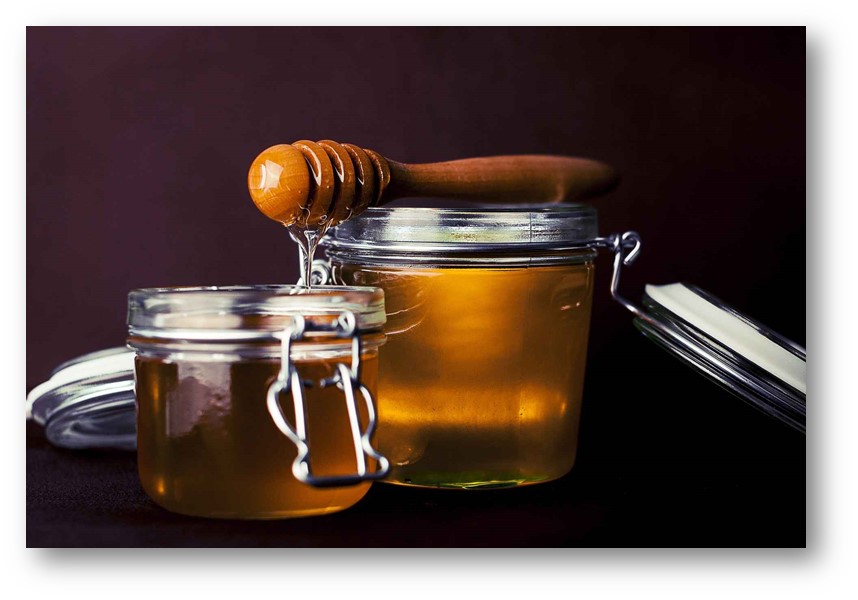
- Take honey
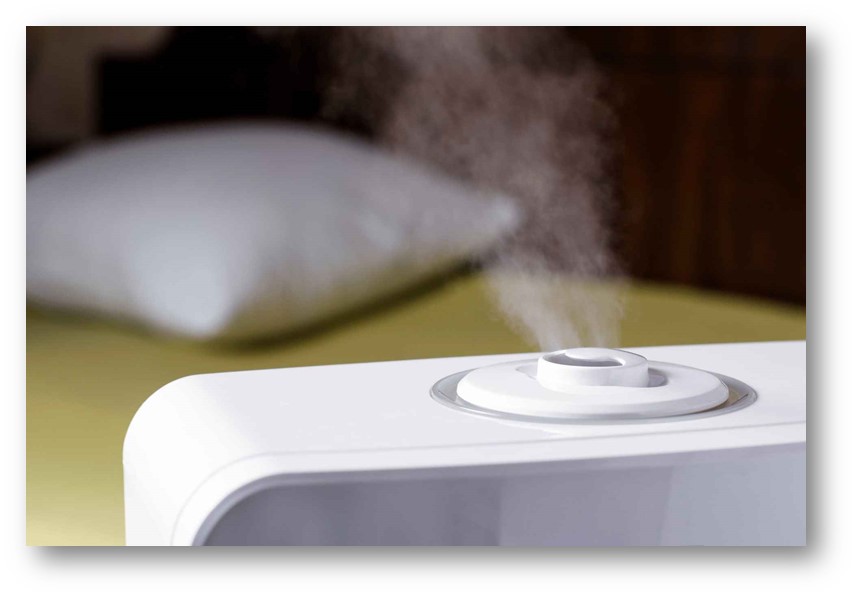
- Adding moisture to the air in your home with a humidifier or vaporizer can help in losing congestion.

- OTC decongestants, antihistamines, and pain relief might help adults and children for more than 5 years.
Prevention:
There is no specific vaccine for this disease because the virus mutates itself rapidly so the following measures can reduce their chance.
- Washing hands regularly with medicated soaps, sanitizers, and gels
- Use of face masks
- Gargling with water
- Covering the cough and sneezing with a tissue or palm.
5. Influenza
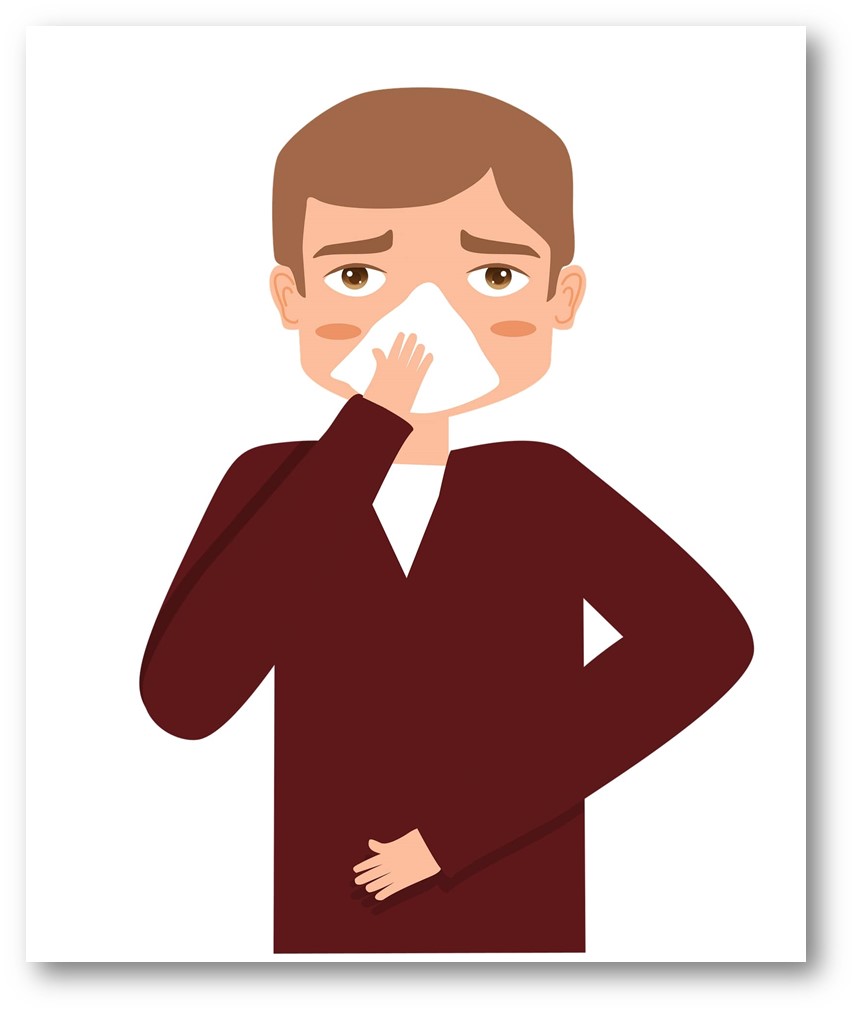
Influenza is a viral disease, commonly known as “flu” that affects the nose, throat and can affect the lungs too.
Three types (Type A, B, and C) out of four influenza viruses attack the upper respiratory tract and cause flu or influenza. Type A and B cause large seasonal outbreaks while type C usually causes mild influenza symptoms. Type D has not been known to infect but it is believed that it can do so.
Symptoms:
- Fever
- Runny nose
- Sore throat
- Muscle and joint pain
- Headache
- Coughing
- Vomiting and diarrhea in children
- Muscle fatigue
- Irritated, Watering eyes
- reddened skin (especially face), mouth, throat
Causes:
- influenza virus (This virus can be transmitted through air droplets from person to person).
Treatment:
Following are the four FDA-approved drugs recommended by the “Centers for Disease Control”.
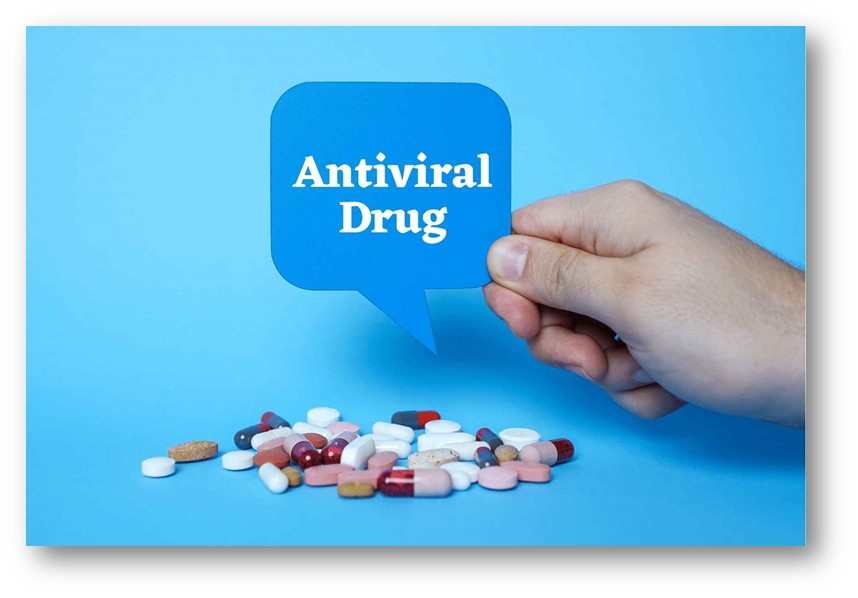
Antiviral drugs like neuraminidase inhibitors (A class of drugs that inhibit the neuraminidase enzyme preventing their reproduction by budding from the host).
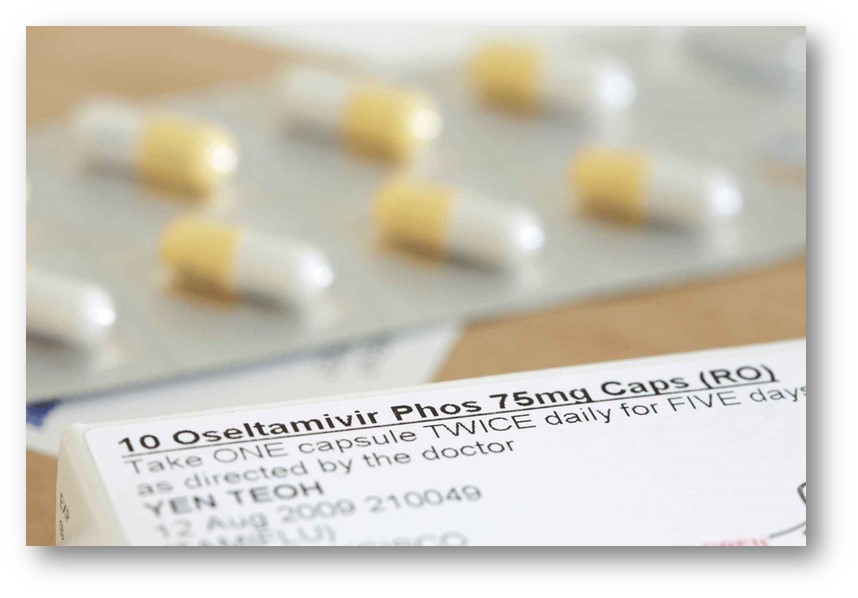
- Oseltamivir (used to treat influenza type A and B, many medical organizations recommend it to use within 48 hours of appearing first symptoms of influenza).
- Zanamivir
- Peramivir
- Baloxavir marboxil
Preventions:

- Influenza Vaccination every or within a few years because the virus regularly mutates itself (children less than five years, pregnant women, elderly people, health workers)
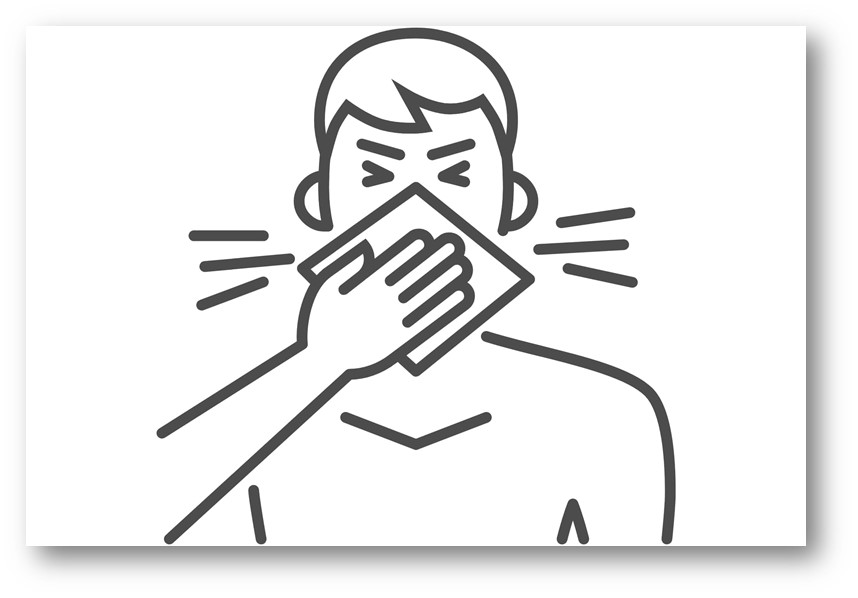
- Covering mouth and nose during coughing and sneezing (because the droplets during coughing and sneezing are their main cause)
- Washing hands regularly with soap or sanitizer or gel
- Avoid touching eyes, nose, and mouth (because contaminated hands upon touching these organs can lead to influenza)
- Regularly Exercise (regular exercise boosts the immune system)
Lower respiratory tract infections
6. Bronchitis
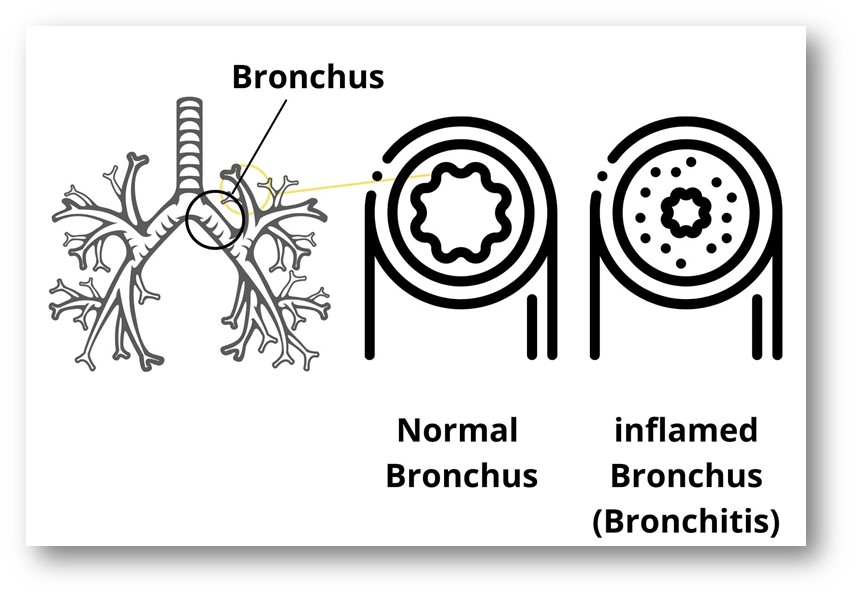
Bronchitis is the inflammation and irritation of the bronchi (the tubes which carry air from the trachea to the lungs).
Symptoms:
- Shortness of breath (because the passageway becomes narrow carrying less air to the lungs)
- Coughing
- Fever (low)
- chill
- Sputum (whitish, greyish, yellowish, or greenish) in cough
- Blocked nasal cavities and sinuses
Causes:
- Viral (often) but bacteria can also set it
- Dust, chemicals, or fumes for long-time inhalation

- Smoking or breathing in second-hand smoke for a longer period
Treatment:
Bronchitis may be acute or chronic, bacterial, or viral.
(I) Acute
Acute bronchitis goes away within a couple of weeks but to treat acute bronchitis following measures should be taken.
- Drinking a lot of water to thin the mucus helps in easy cough.
- Taking plenty of rest
- Using a humidifier and steam
- Taking over-the-counter medications.
(II) Chronic
Chronic bronchitis is when the symptoms remain for a longer period than a couple of weeks. Following treatment options are taken for treating chronic bronchitis.
- Antibiotic (for bacteria)
- Anti-viral (for virus and it is the same as flu and cold virus medications)
- Anti-inflammatories
- Bronchodilators
- Use of mucus cleaning device to help in easier cough
- Oxygen therapy for better breathing
- Prescribed exercise to help to breathe ease.
Preventions:
It can be prevented before you get it if you follow the following precautions.
- Avoid cigarette smoke (the main cause of bronchitis)
- Flu vaccination (since when you get bronchitis from the flu virus)
- Washing hands regularly
- Wearing masks while traveling by bus or on roads
- Living far from factories and populated areas
- Take honey daily (about 2 to 3 teaspoons)
- Regular exercise
7. Pneumonia
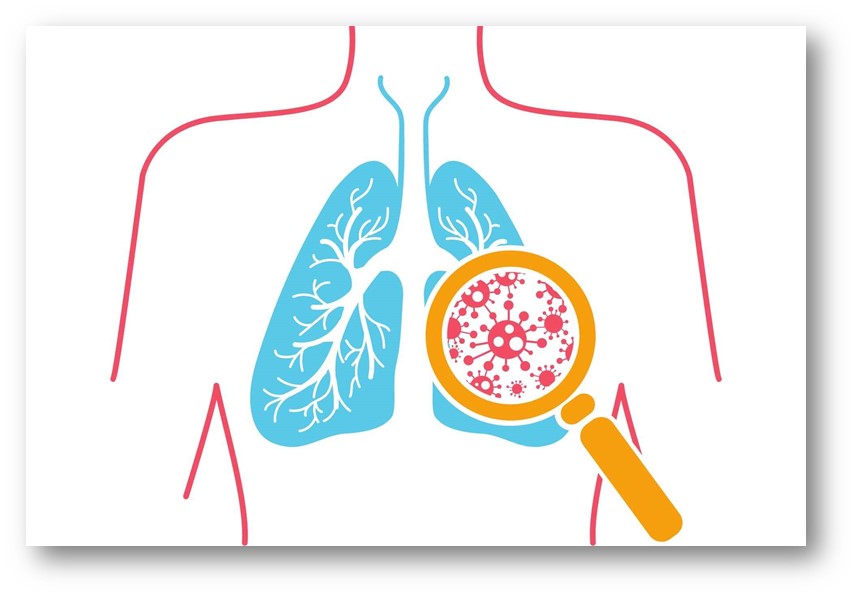
Pneumonia is a serious lower respiratory tract disease in which the inflammation of the alveolar wall (alveoli is a sac-like structure in the lungs) and the presence of pus and purulent occur in one or both lungs.
Causes:
There are more than 30 different causes of pneumonia but the main cause of pneumonia is bacteria and virus.
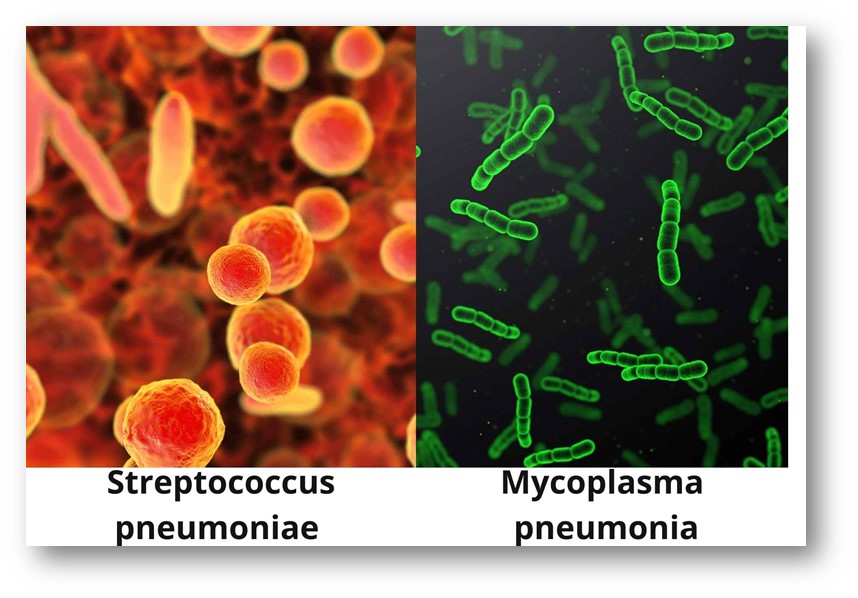
- Bacterial causes like Streptococcus pneumoniae and Mycoplasma pneumonia.
- Other bacteria like staphylococcus aureus, Hemophilus influenza, and legionella pneumophilia can also cause this disease.
- Viral causes like cold, and flu viruses.

- The RSV virus (Respiratory syncytial virus)is the main and major cause in babies or babies of 1 year.
Symptoms:
Symptoms for the bacterial cause:
- Chills
- Shaking
- Chattering teeth
- Very high fever
- Severe chest pain
- Sweating
- Rapid breathing
- Rapid pulse rate
Symptoms of the viral cause:
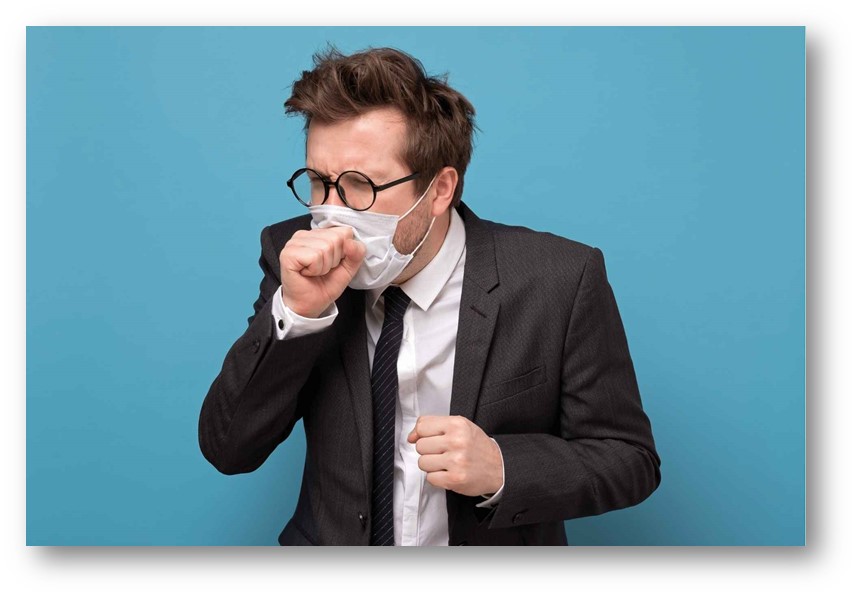
- Dry cough
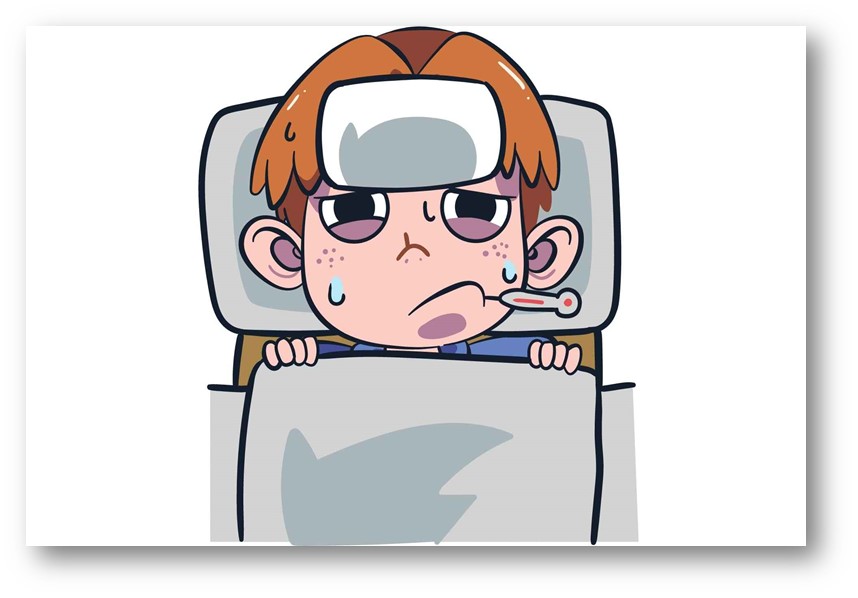
- Fever
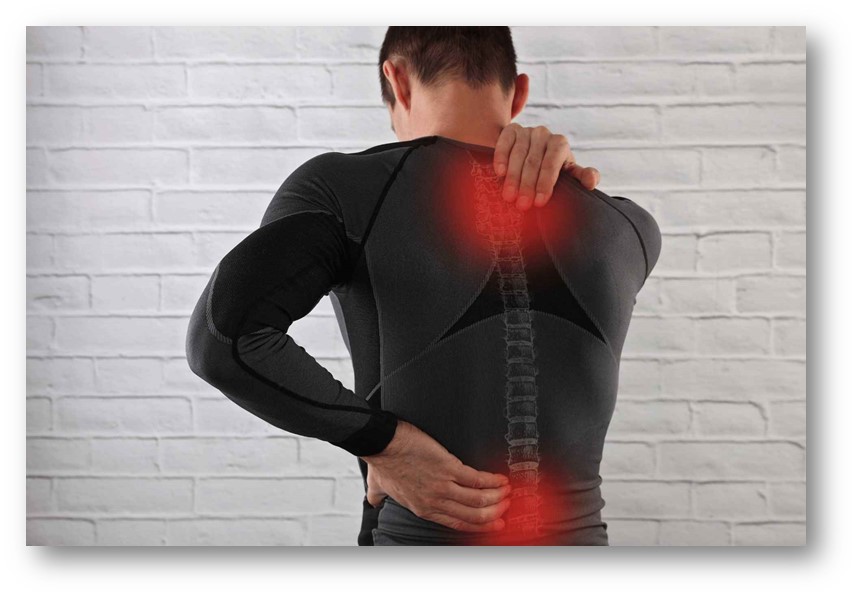
- Muscle pain
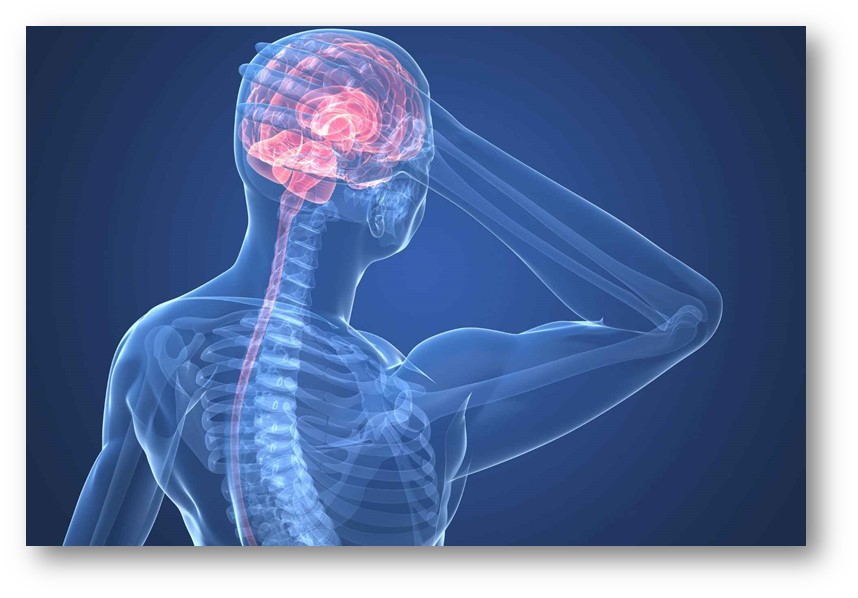
- Headache
The above flu-like discussed symptoms are then followed by the following symptoms after one or two days.

- Breathlessness
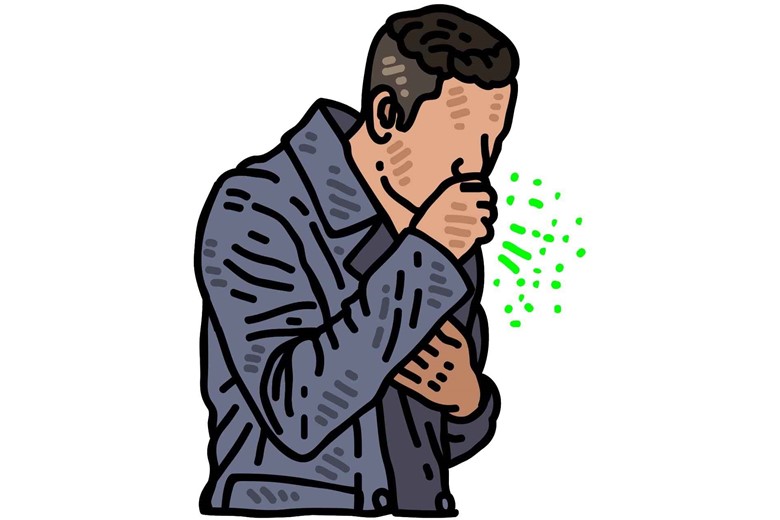
- The dry cough becomes worse and starts producing a small amount of mucus.
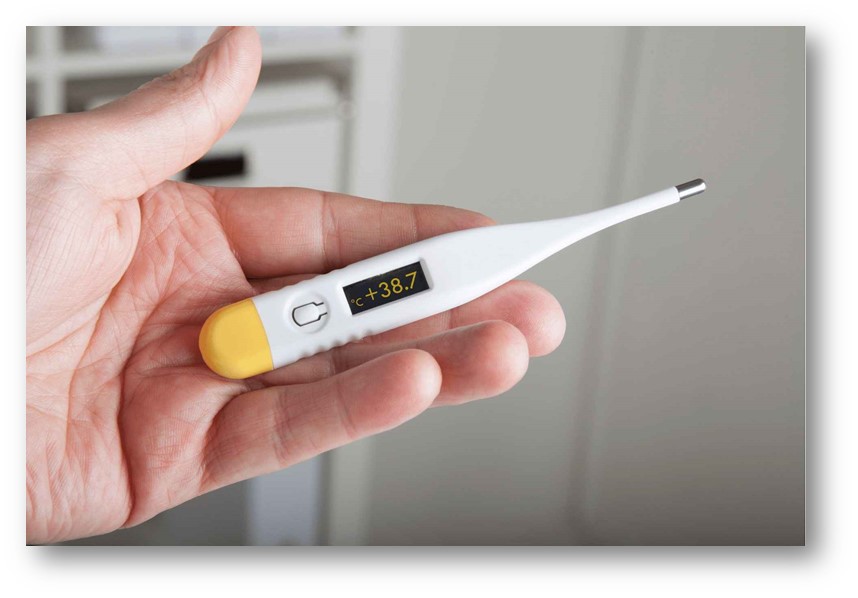
- High fever
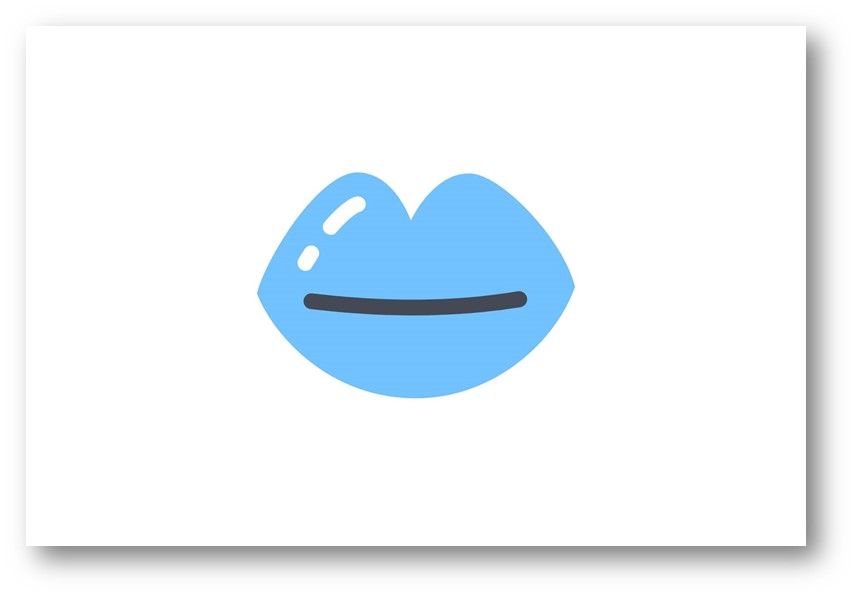
- Blueish color to the top of lips
Other symptoms are:
- Coughing attack
- Vomiting
- Slow heartbeat
- Bluish color to lips and nailbeds
- Diarrhea
- Muscle aches
Treatments:
- Antibiotics for a bacterial cause
- Anti-viral for a viral cause
- Oxygen supplementations
- Plenty of rest
- Infants and children should be shown to the doctor because they need more treatments.
Preventions:
- Washing hands regularly
- Vaccination
- Avoiding smoking, chemicals, fumes, dust, etc
- Healthy diet
- Regular exercise
- Hygienic lifestyle
8. Tuberculosis
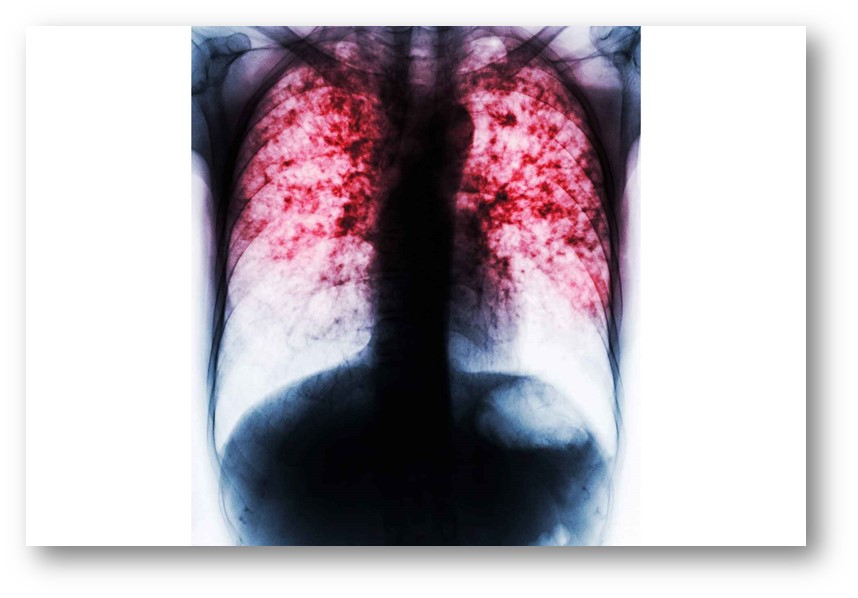
Tuberculosis is a highly contagious chronic bacterial infection that infects the lungs.
The infection starts when the mycobacterium tuberculosis reaches the alveoli and replicates within phagosomes (vacuoles formed as a result of phagocytosis) of alveolar macrophages because the alveolar macrophages are unable to digest the bacterium.
Causes:
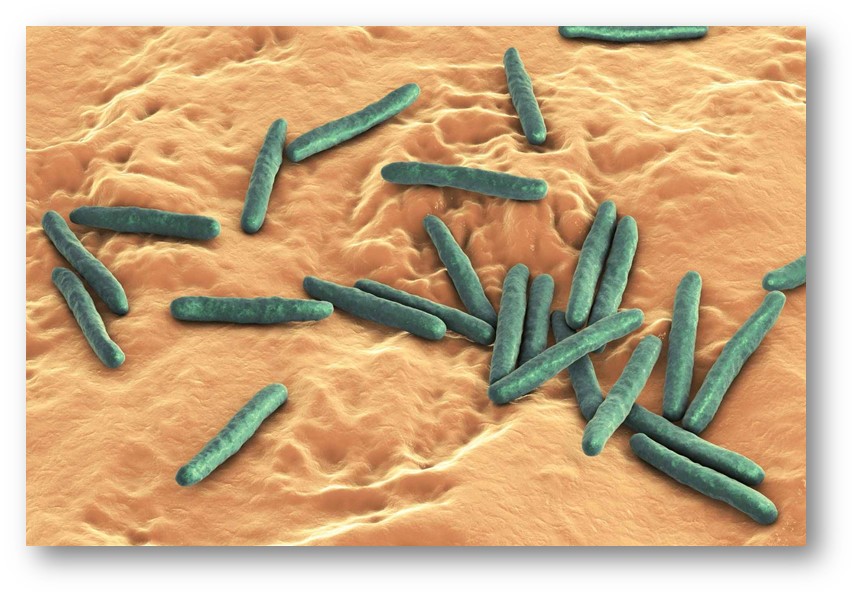
- Mycobacterium tuberculosis (Mycobacterium tuberculosis is a highly contagious bacterium that spread through coughing, sneezing, etc. it can also affect the other parts of the body).
Symptoms:
The symptoms may not be noticed until the disease gets advanced. The symptoms are:
- Loss of weight
- Loss of energy
- Poor appetite
- Night sweat
- Productive cough (blood)
- Chills
- Fever
Treatment:
- Antibiotics are either isoniazid or rifampin alone or a combination of isoniazid with rifampicin or rifapentine.
Preventions:
- Vaccination ( Bacillus Calmette-Guérin (BCG))
- Covering the mouth especially when there are infected people
- Avoid HIV-infected people
- Always wash your hands and mouth regularly, especially after sneezing and coughing
- Healthy diet
Conclusion
Here the two terms are mostly used i.e. Acute and chronic, in fact, it is used for almost all other diseases too. Acute means that the disease is onset for a few days or weeks with severe or non-severe symptoms while chronic infections start when the disease still persists after the acute incubation period.
So it is concluded from the whole discussion that these 8 common respiratory diseases can be prevented by a hygienic lifestyle is best to prevent respiratory diseases all diseases can be prevented through precautions. Most respiratory diseases are common in the winter season so it is highly recommended to use the mask while traveling on the road or in smoke or fog. The mask not even protects you from the entry of germs into your respiratory system but also protects you from dust and chemicals released from vehicles and factories in the city area.





